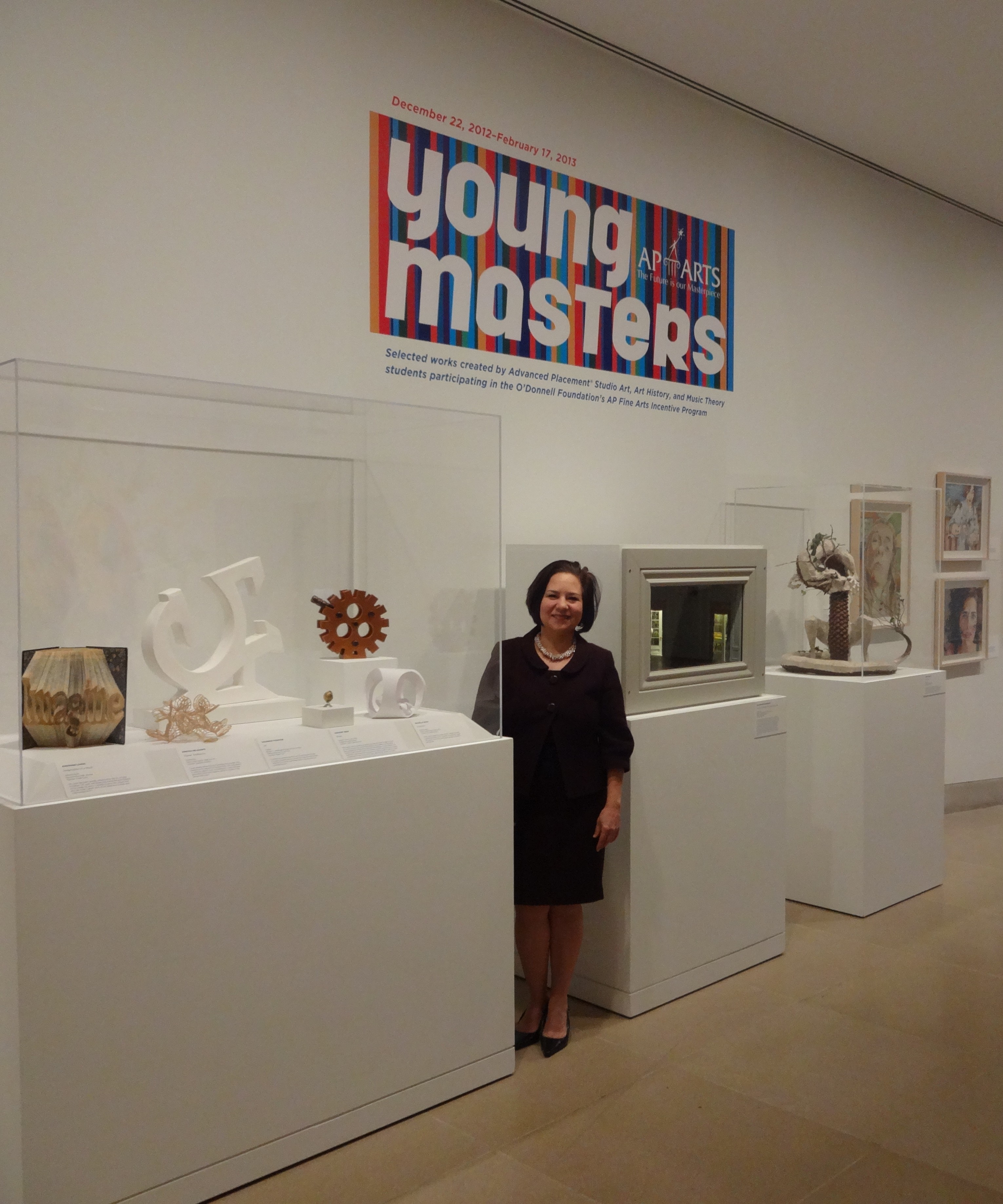 If you haven’t had the chance to view the fantastic artworks in the Young Masters exhibition, be sure to stop by before the exhibition closes on February 17, 2013. This annual exhibition is organized in partnership with the O’Donnell Foundation’s incentive program, Create Schools of Excellence in Fine Arts Education, and recognizes the artistic achievements of students and teachers in Dallas area schools. This year, 56 works of art were selected for the exhibition out of 620 works submitted for consideration.
If you haven’t had the chance to view the fantastic artworks in the Young Masters exhibition, be sure to stop by before the exhibition closes on February 17, 2013. This annual exhibition is organized in partnership with the O’Donnell Foundation’s incentive program, Create Schools of Excellence in Fine Arts Education, and recognizes the artistic achievements of students and teachers in Dallas area schools. This year, 56 works of art were selected for the exhibition out of 620 works submitted for consideration.
I had the chance to interview Maria Teresa G. Pedroche, Head of Community Engagement here at the DMA, about her role in co-curating the studio art selections and organizing the overall exhibition.
What is the history of the O’Donnell Foundation Advanced Placement Arts Incentive Program with the DMA?
Since 1995, the O’Donnell Foundation and the Dallas Museum of Art have generously sponsored Young Masters. Young Masters celebrates the creativity and skill of each grant program: AP Art History, AP Music Theory and AP Studio Art. Integrating all three disciplines at this prestigious event highlights and reinforces the interconnectedness of the arts.
How are student artworks chosen to be featured in the exhibition?
Participating AP Fine Arts students are invited to submit the following works:
- AP Art History – an original essay in response to a work in the DMA’s permanent collection
- AP Music Theory – an original four minute composition
- AP Studio Art – an original two-dimensional or three-dimensional art work
The final works and award winners for each program are selected by a panel of artists, art historians, and musicians.
What is your favorite part about working on this exhibition?
For the past 13 years I have seen students exhibit strength and diversity within a broad range of styles and expressions; their autobiographical statements express their thoughts with clarity and elegance. During the Late Night in January, students were interviewed by Nancy Churnin of the Dallas Morning News before visitors voted for their favorite works in the exhibition. It was enriching for visitors to have the opportunity to talk with students in the gallery. The Young Masters exhibition inspires both children and adults!
Who picks the first, second, and third prize artworks? When will we know which works are chosen?
The final works and award winners for each program were selected by a panel of artists, art historians, and musicians. They included:
- Dr. Susan Bakewell, Adjunct Assistant Professor of Art History at University College, University of Southern Maine, and former College Board AP Ar History Chief Reader
- Erin Cluley, Exhibitions and Public Relations Manager at the Dallas Contemporary
- Dr. Blaise Ferrandino, Associate Professor of Music Theory and Composition at Texas Christian University and College Board AP Music Theory Consultant and Reader
- Dr. Robert Frank, Associate Professor of Composition and Theory at Southern Methodist University
- Erin Hannigan, Principal Oboe of the Dallas Symphony Orchestra, Adjunct Associate Professor of Oboe at Southern Methodist University
- Paul Jeanes, Foundation Faculty at Maryland Institute College of Art and College Board AP Studio Art Exam Table Leader
- Martha MacLeod, Curatorial Administrative Assistant for European and American Art at the Dallas Museum of Art
- Maria Teresa G. Pedroche, Head of Community Engagement at the Dallas Museum of Art
- Charissa N. Terranova, Assistant Professor of Aesthetic Studies at The University of Texas at Dallas
Young Masters and their teachers were honored tonight at an awards ceremony held at the Dallas Museum of Art. Here are the winners:

AP Art History
1st Place: Benjamin Lee from Plano Senior High School
2nd Place: Stephanie Chen from Plano Senior High School
3rd Place: Conner Frew from McKinney Boyd High School
Honorable Mention: Macy Huang from Plano Senior High School
Visit the Young Masters AP Art History Gallery
AP Music Theory
1st Place: Trey Strickland from Plano East High School
2nd Place: Joshua Choe from Creekview High School
3rd Place: Dylan Hunn from Plano West Senior High School
Honorable Mention: Josh Sniderman from Booker T. Washington High School for the Performing and Visual Arts
Honorable Mention: Chase Dobson from Booker T. Washington High School for the Performing and Visual Arts
Visit the Young Masters AP Music Theory Gallery
AP Studio Art
1st Place: Samuel Hersh from Plano Senior High School
2nd Place: Mackenzie Miller from Lovejoy High School
3rd Place: Sungkeun Kim from Creekview High School
Honorable Mention: Audrey Allen from McKinney Boyd High School
Honorable Mention: Anna Fields from Richland High School
Honorable Mention: Larissa Logelfo from McKinney Boyd High School
Honorable Mention: Lea Menaul from Booker T. Washington High School for the Performing and Visual Arts
Honorable Mention: Hayley Parsa from Booker T. Washington High School for the Performing and Visual Arts
Honorable Mention: Lauren Ussery from Coppell High School
Visit the Young Masters AP Studio Art Gallery
 What is the People’s Choice Award?
What is the People’s Choice Award?
The Young Masters Exhibition Awards Ceremony reminds me of the Academy Awards. Three years ago I suggested we add the People’s Choice Award and invited visitors to vote for their favorite work in the exhibition. The response has been rewarding–visitor’s voices count and students appreciate the feedback.
The upcoming Late Night on February 15–our first with free admission–will showcase students in the exhibition from 7-9pm. You can vote for your favorite work of art during Late Night from 6-9pm and check apstrategiesarts.org after February 18 to see which work earned the People’s Choice Award.
How has the inclusion of works by AP Music Theory and AP Art History in the exhibition changed the overall exhibition experience?
Visitors experience Young Masters in a whole new way through our smARTphone tour at www.DMA.mobi. Everyone enjoys hearing original music compositions and essay readings by students featured in Young Masters. Including Art History essays and Music Theory compositions strengthens the exhibition.
For more information on Young Masters, check out Guide Live and the Arts Blog of the Dallas Morning News.
Thanks to the O’Donnell Foundation! We congratulate the artists on their accomplishments and acknowledge their dedicated teachers for motivating students to reach their full potential. The arts are the soul of the community helping to reflect and promote the city’s history and the community’s cultural diversity: past, present, and evolving. It is an honor to work with the O’Donnell Foundation. We are grateful to Edith and Peter O’Donnell for their generous support, along with their dedicated staff, especially AP Arts Director Deborah Moore for her creative leadership on this program that builds confidence and self-esteem and inspires students and teachers to reach to the highest level in the arts.
Amanda Blake
Head of Family, Access, and School Experiences
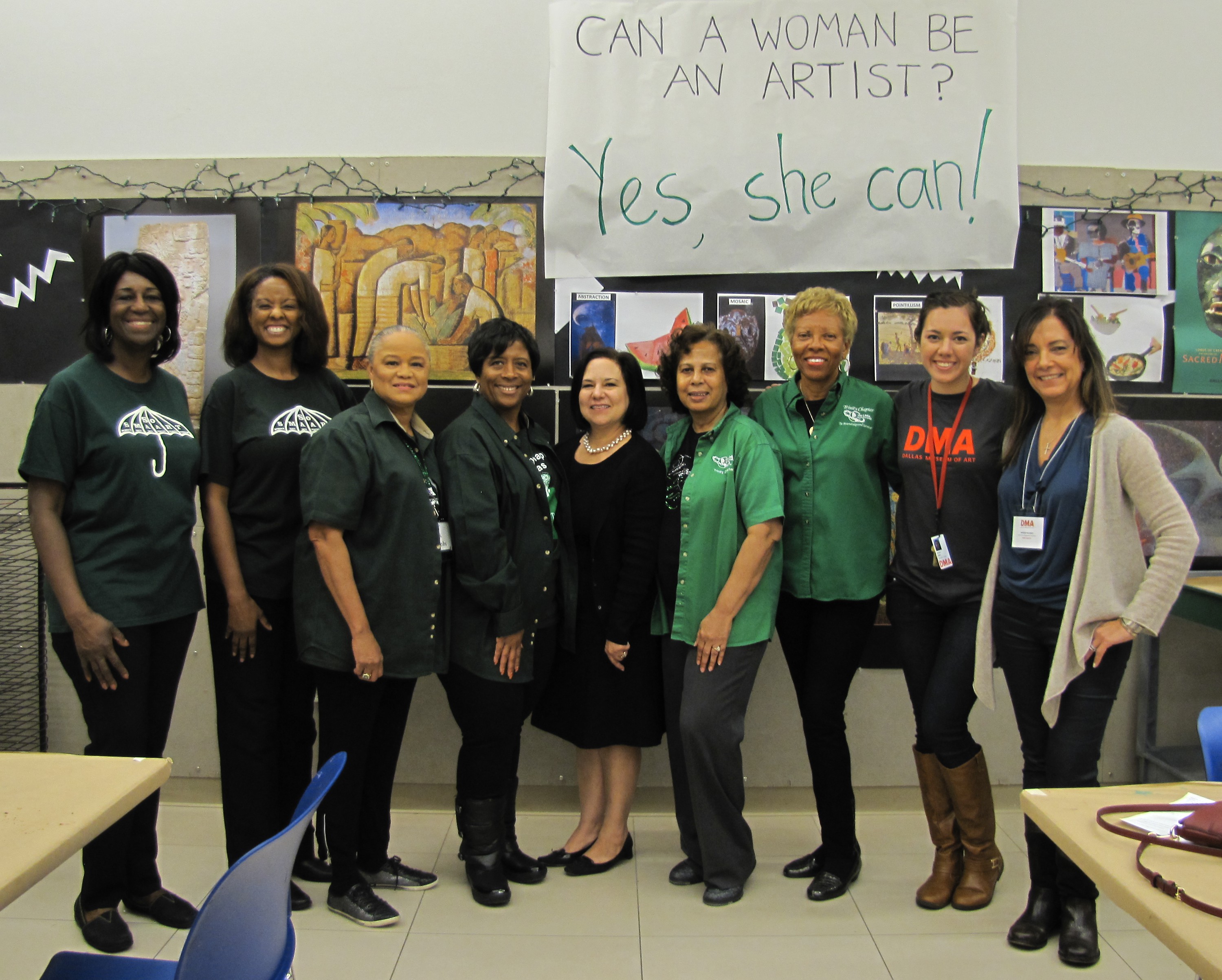
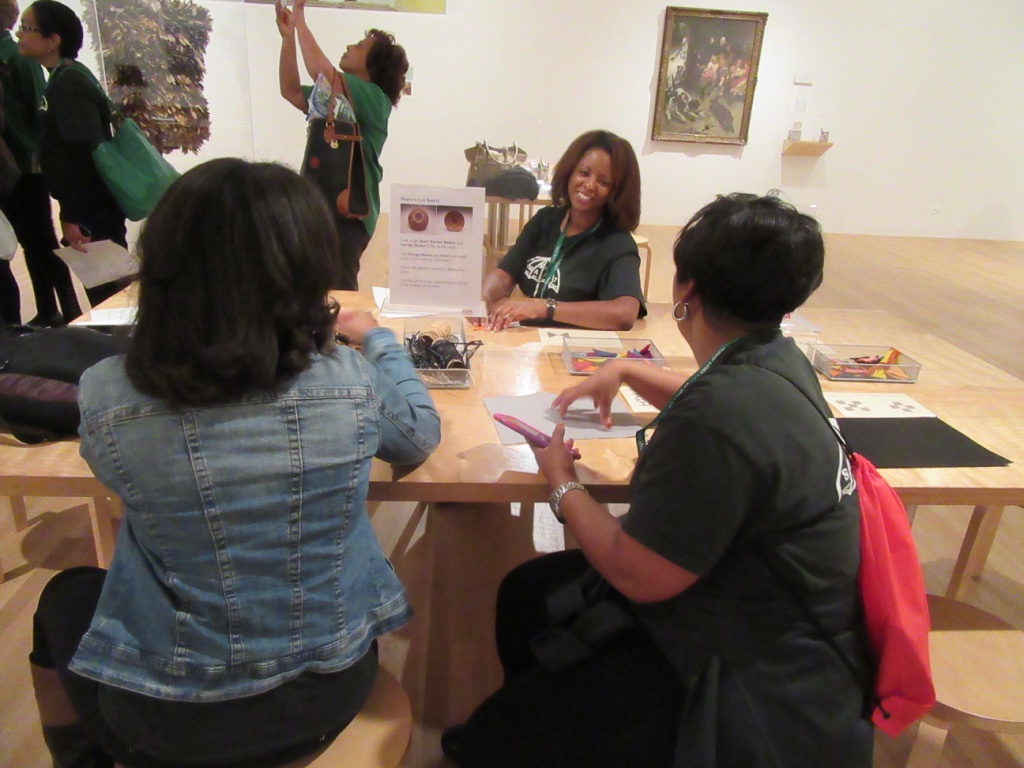
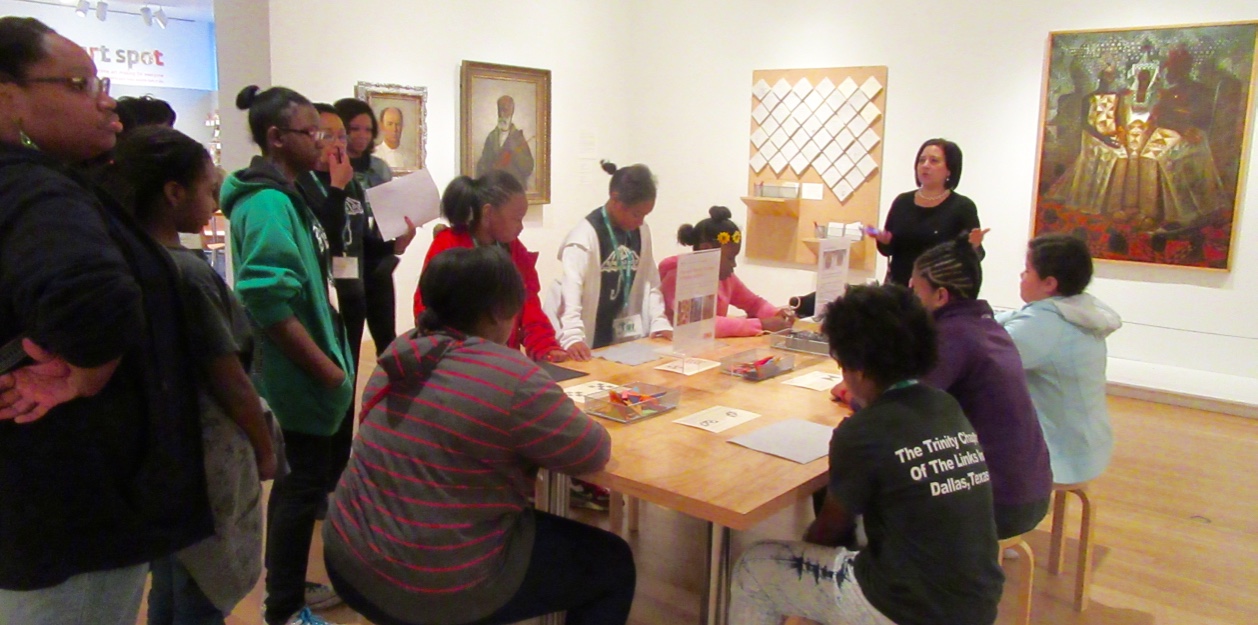
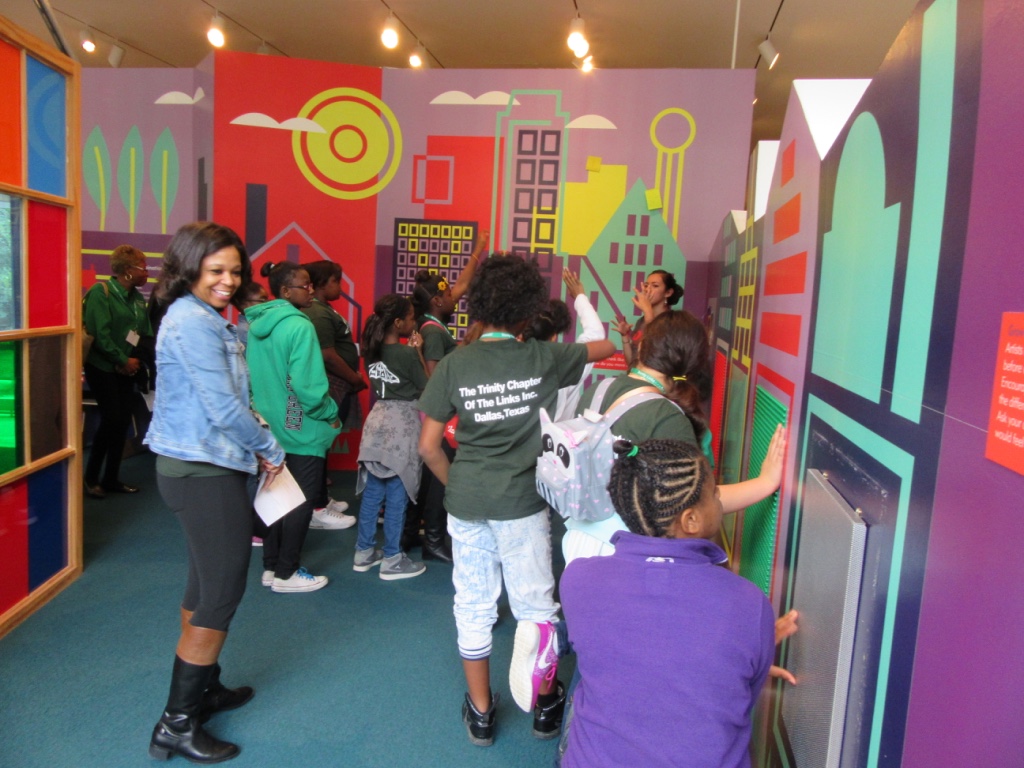

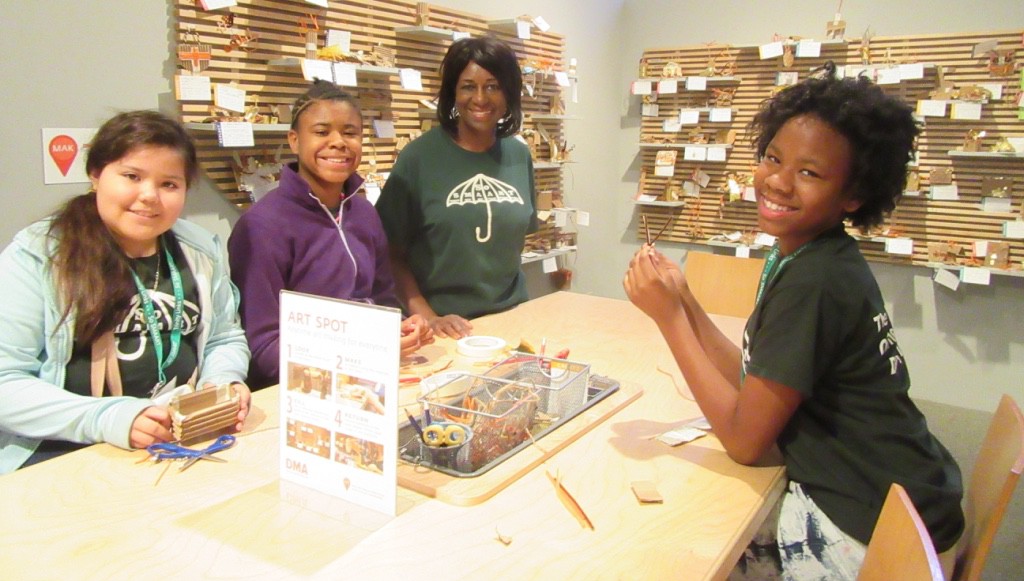

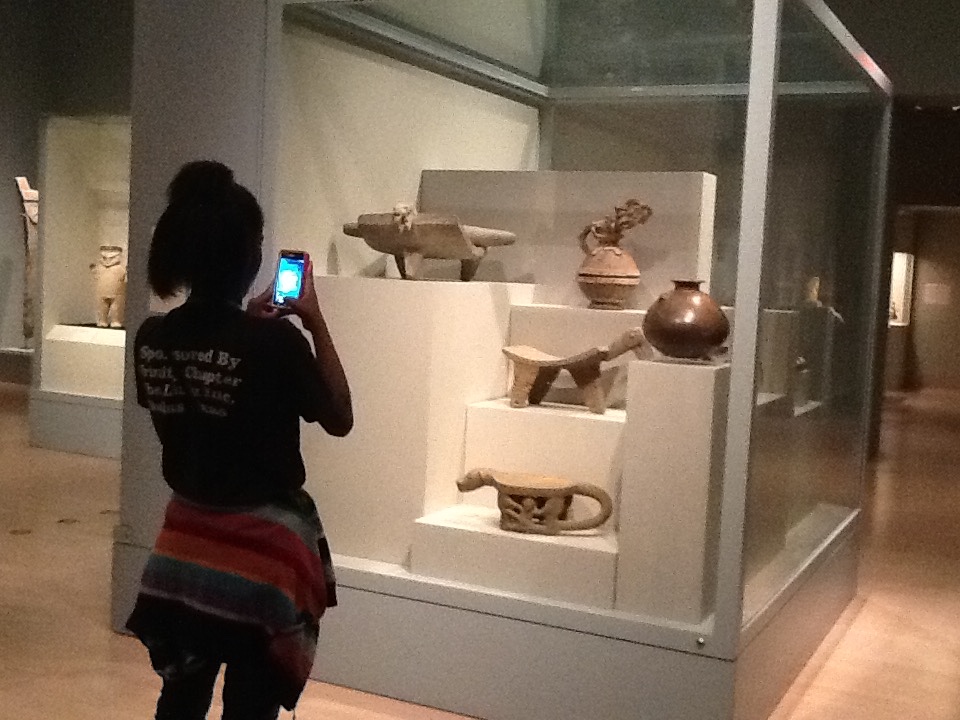
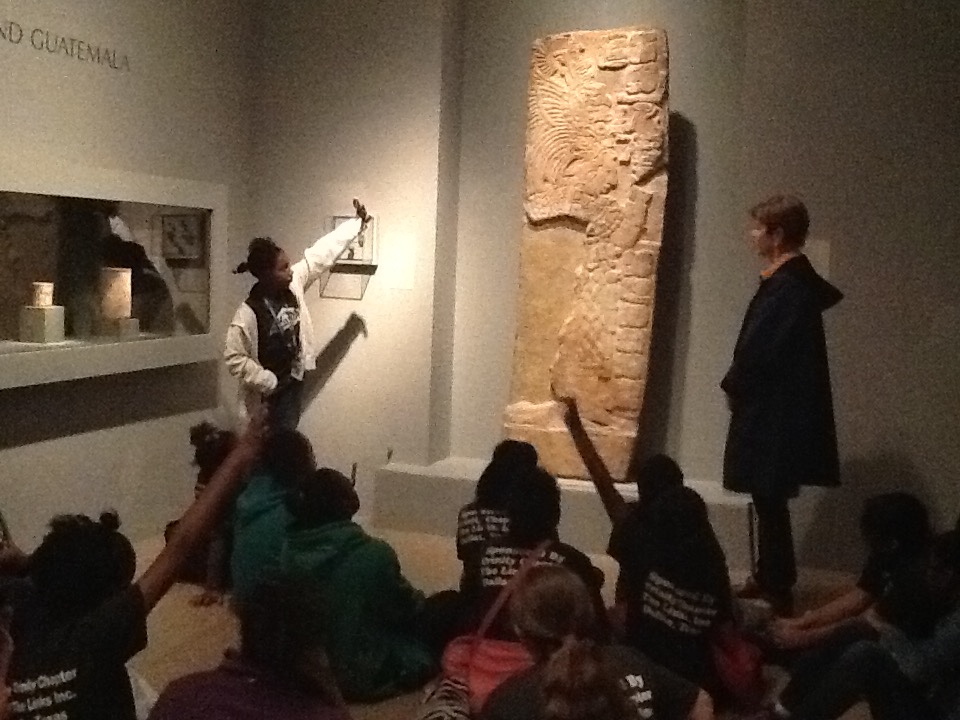
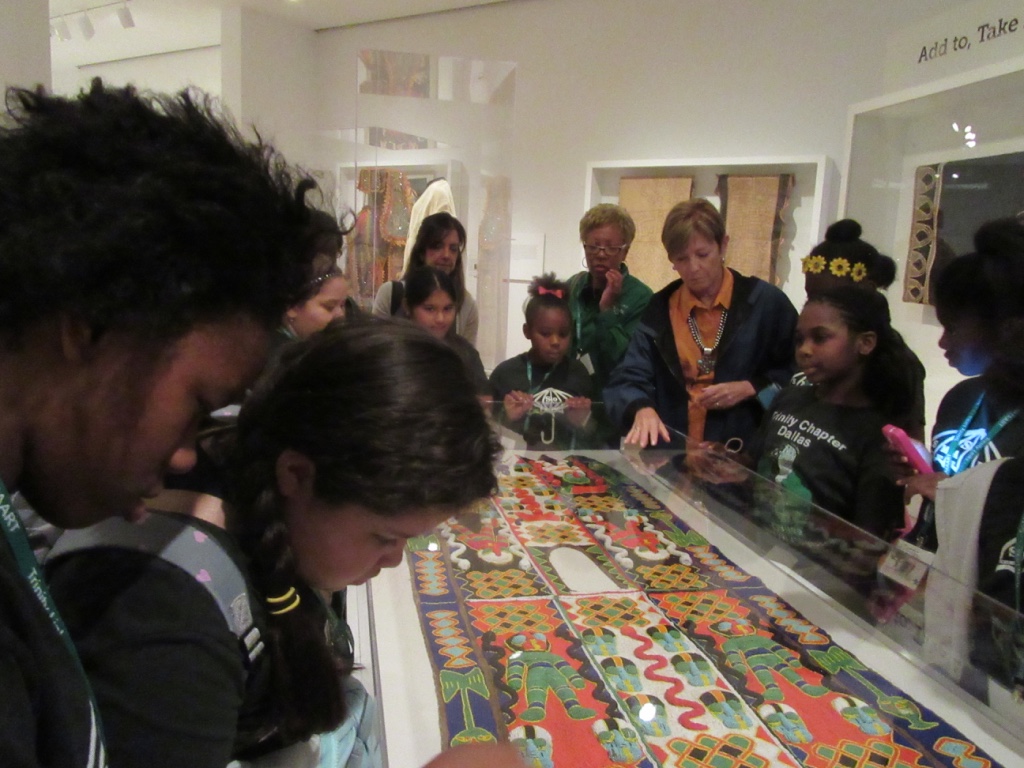
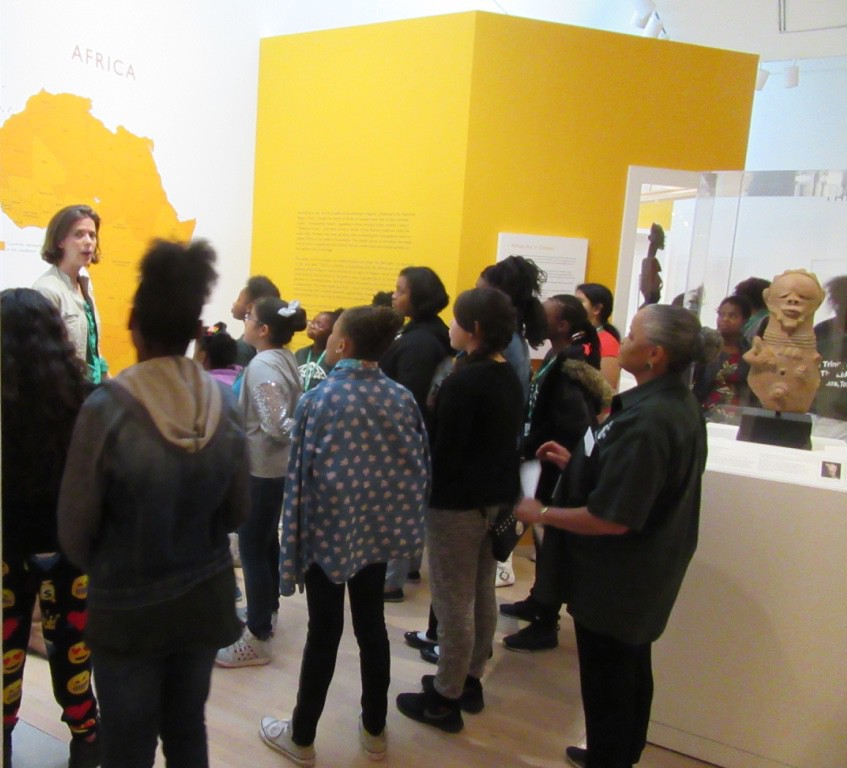
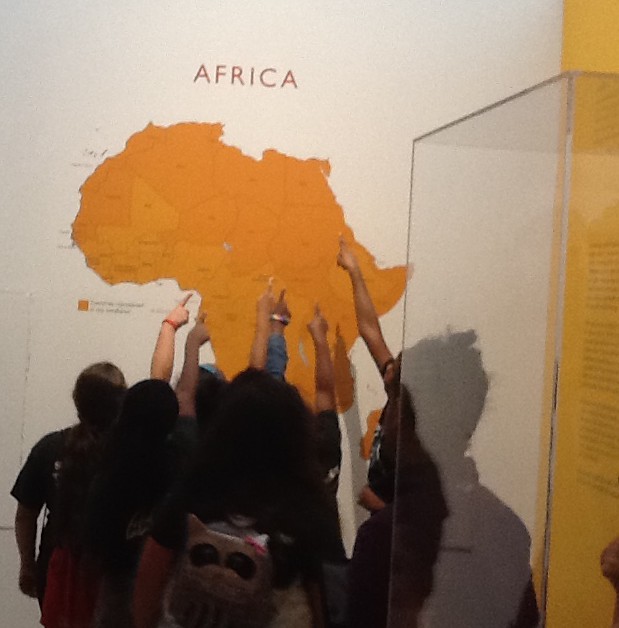
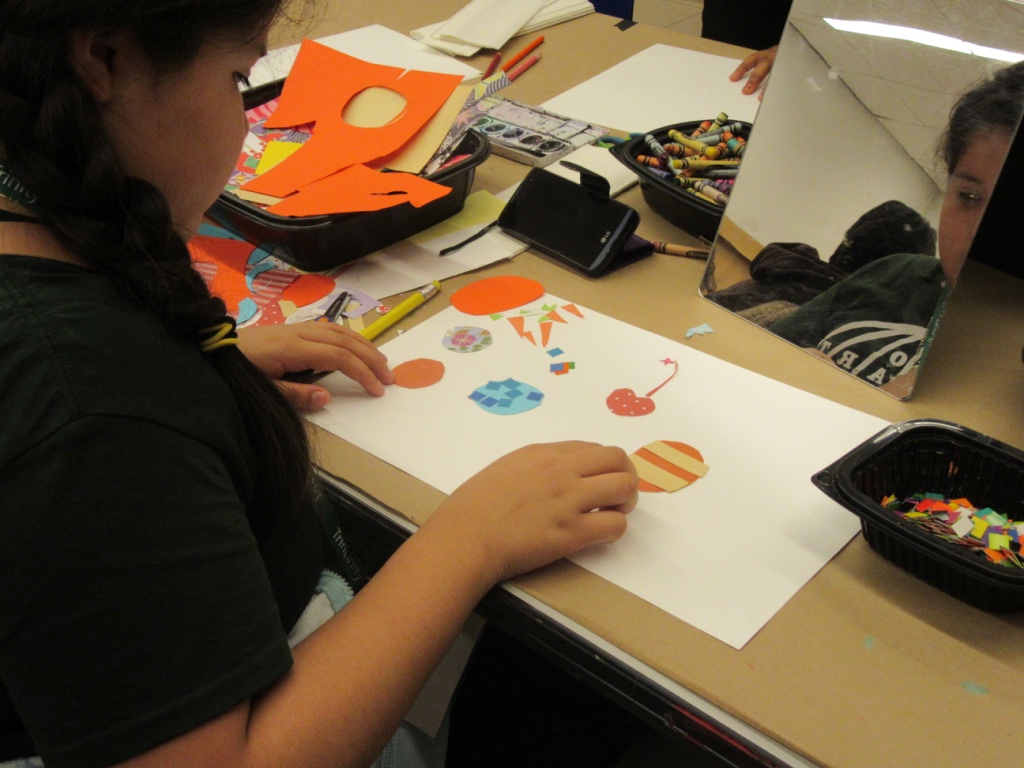
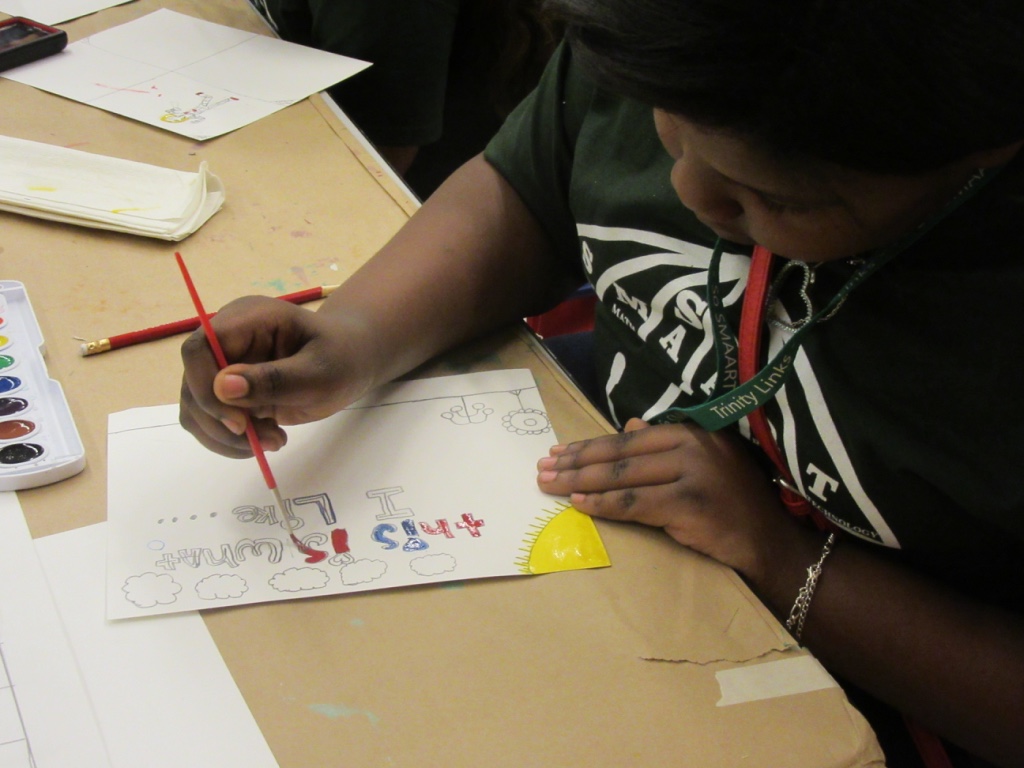
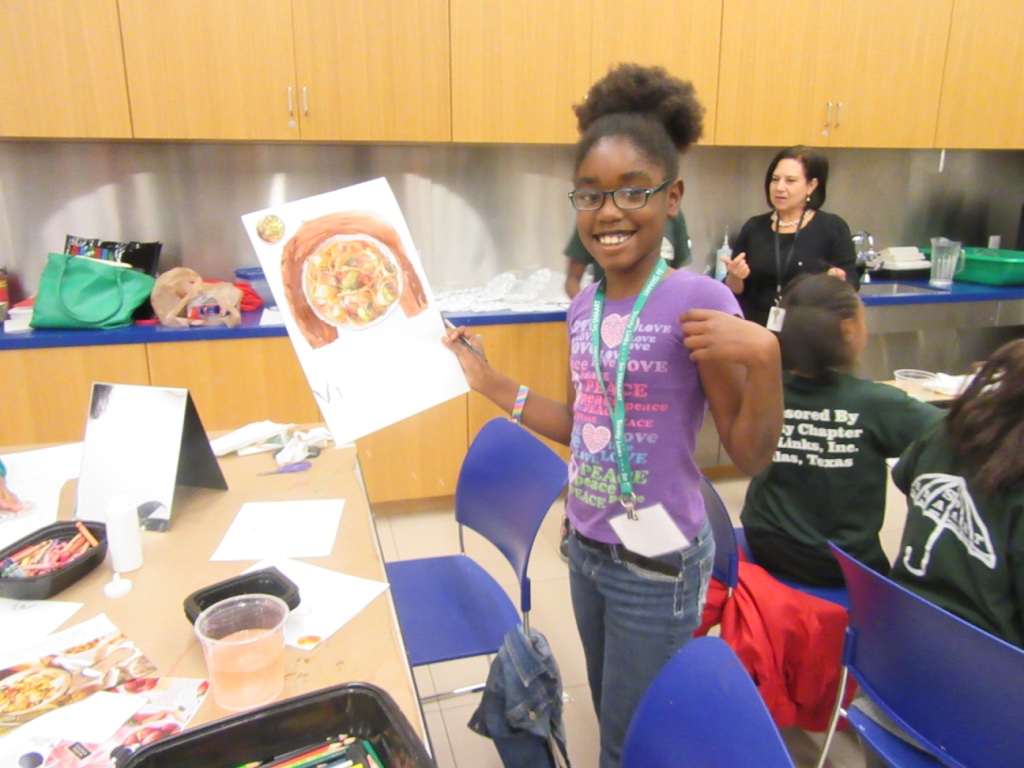
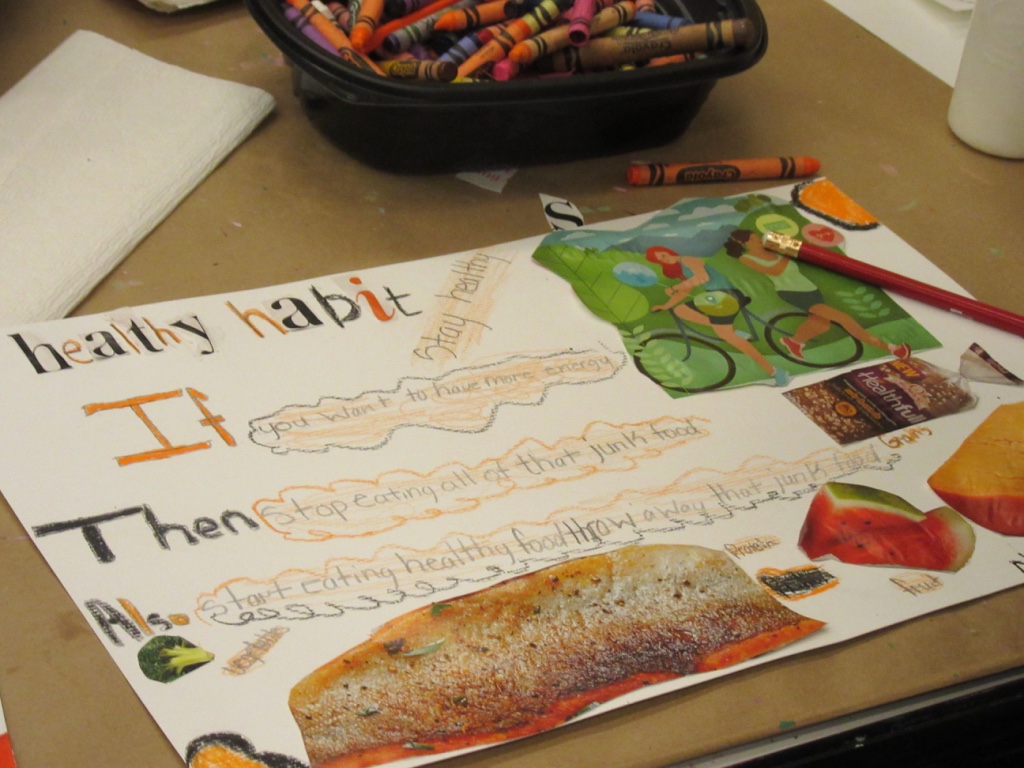
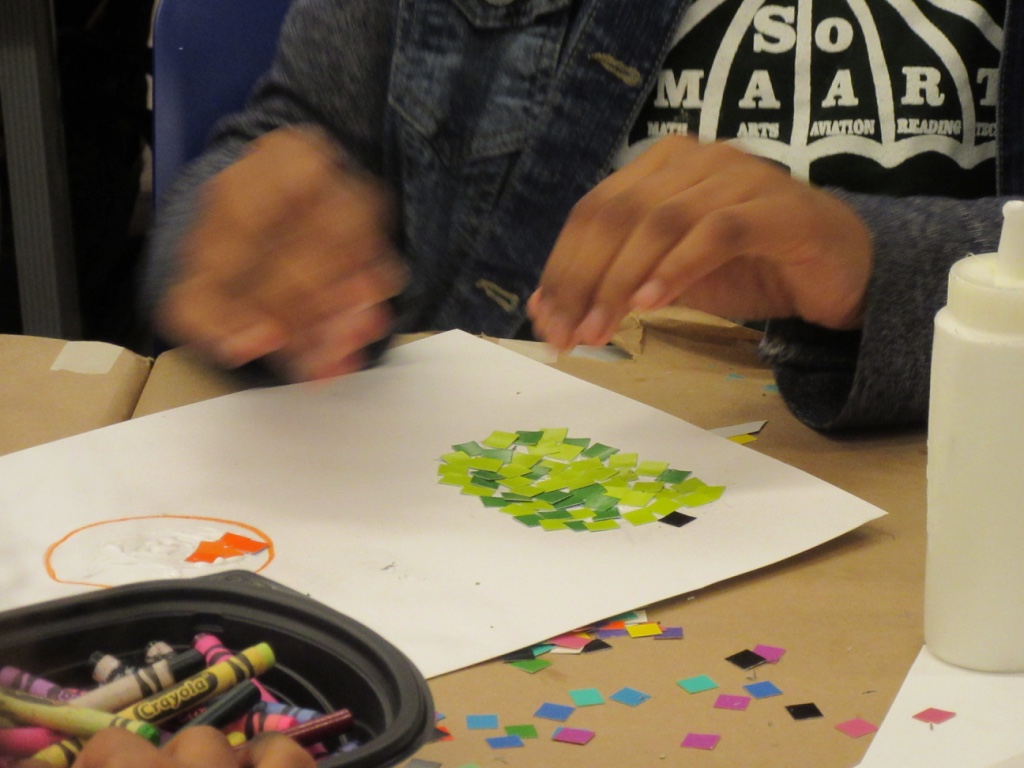
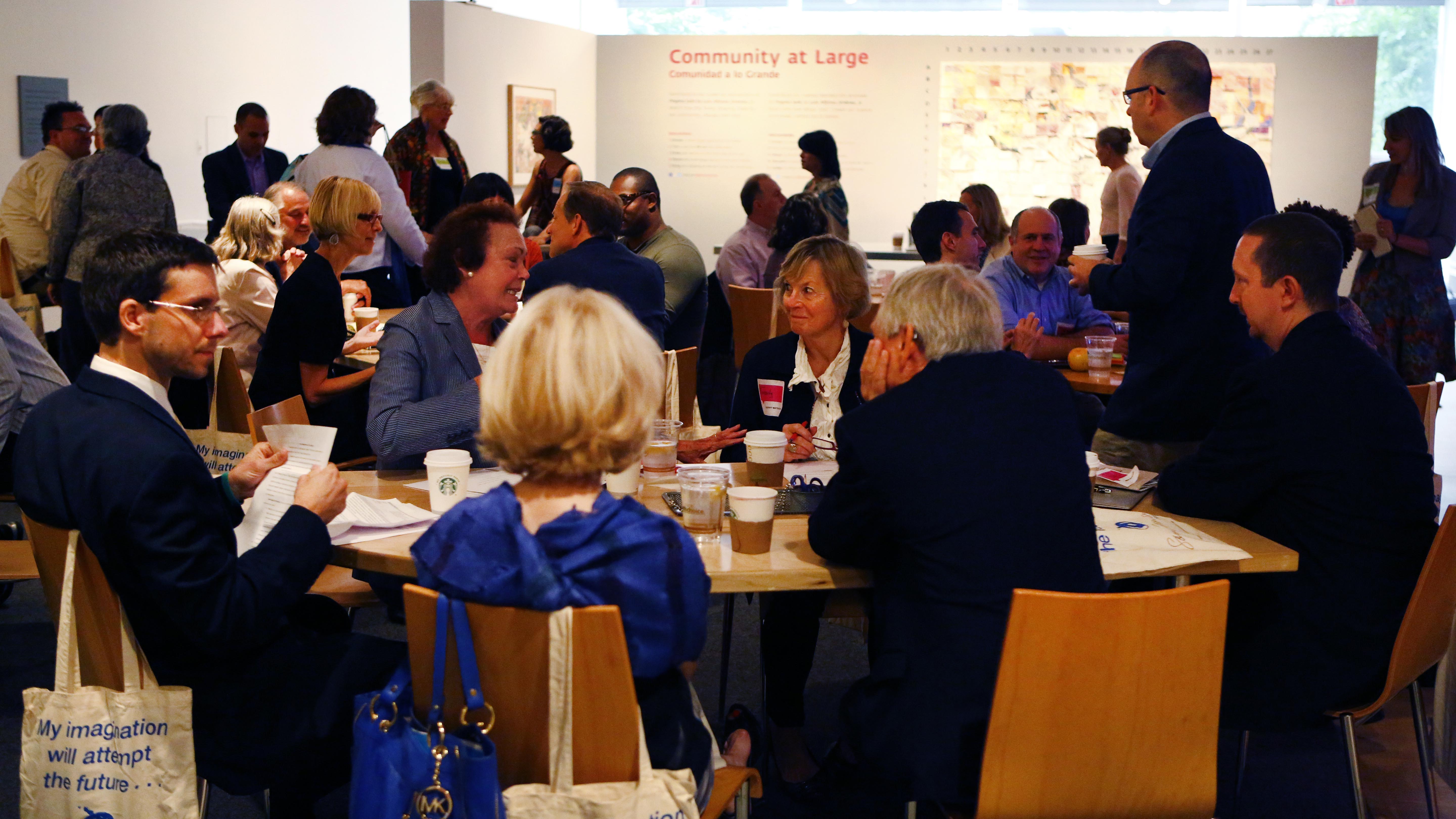

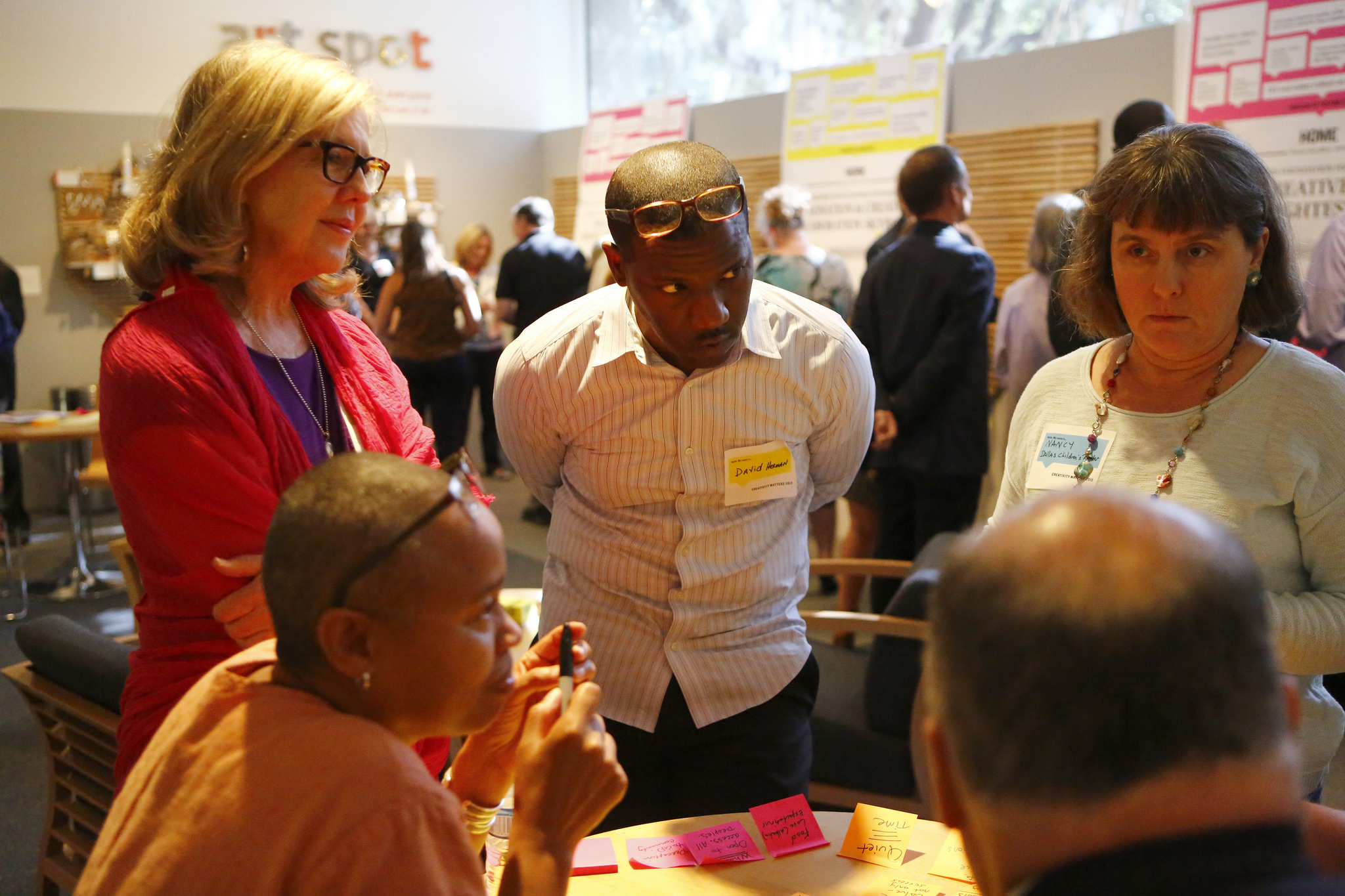
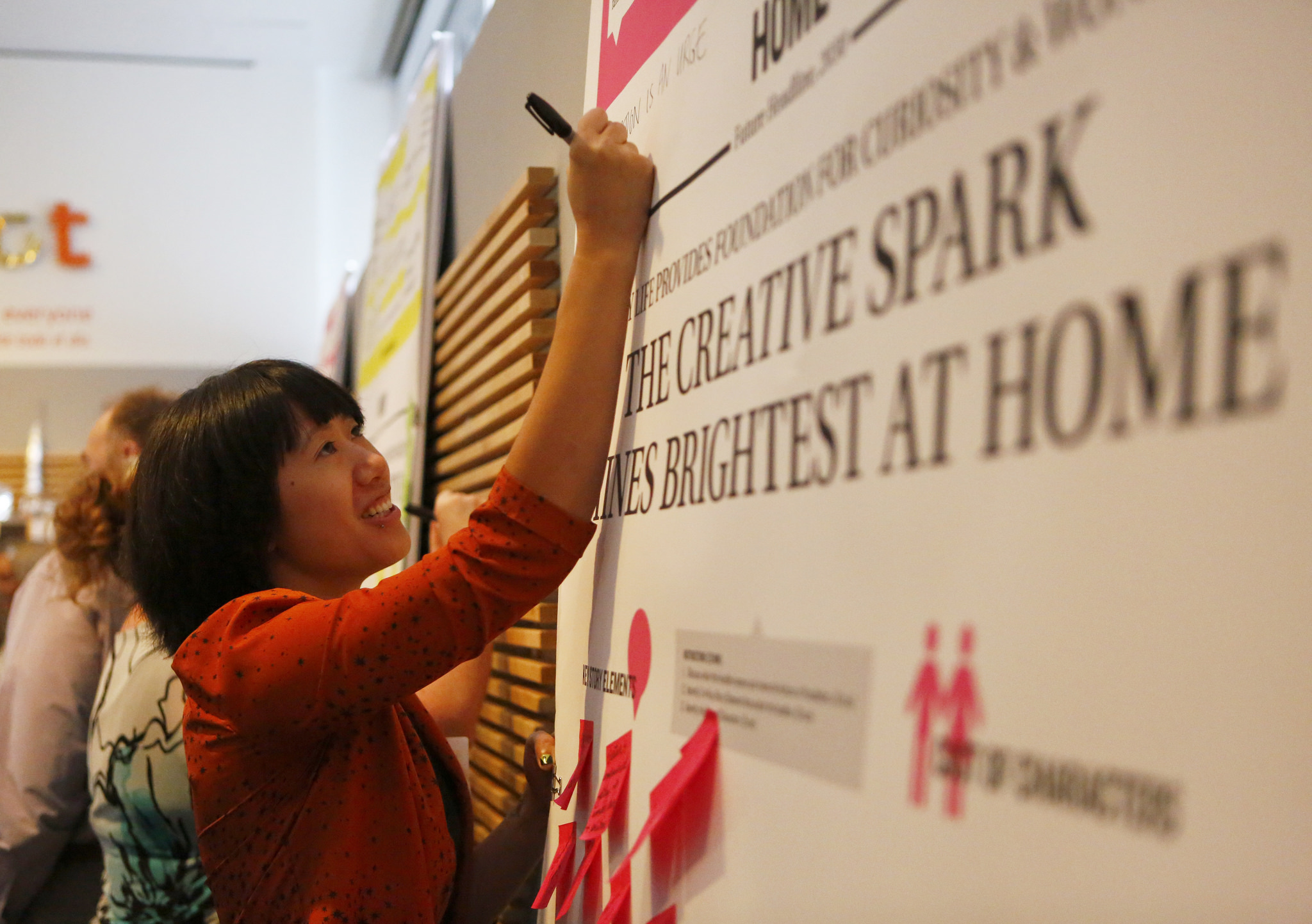
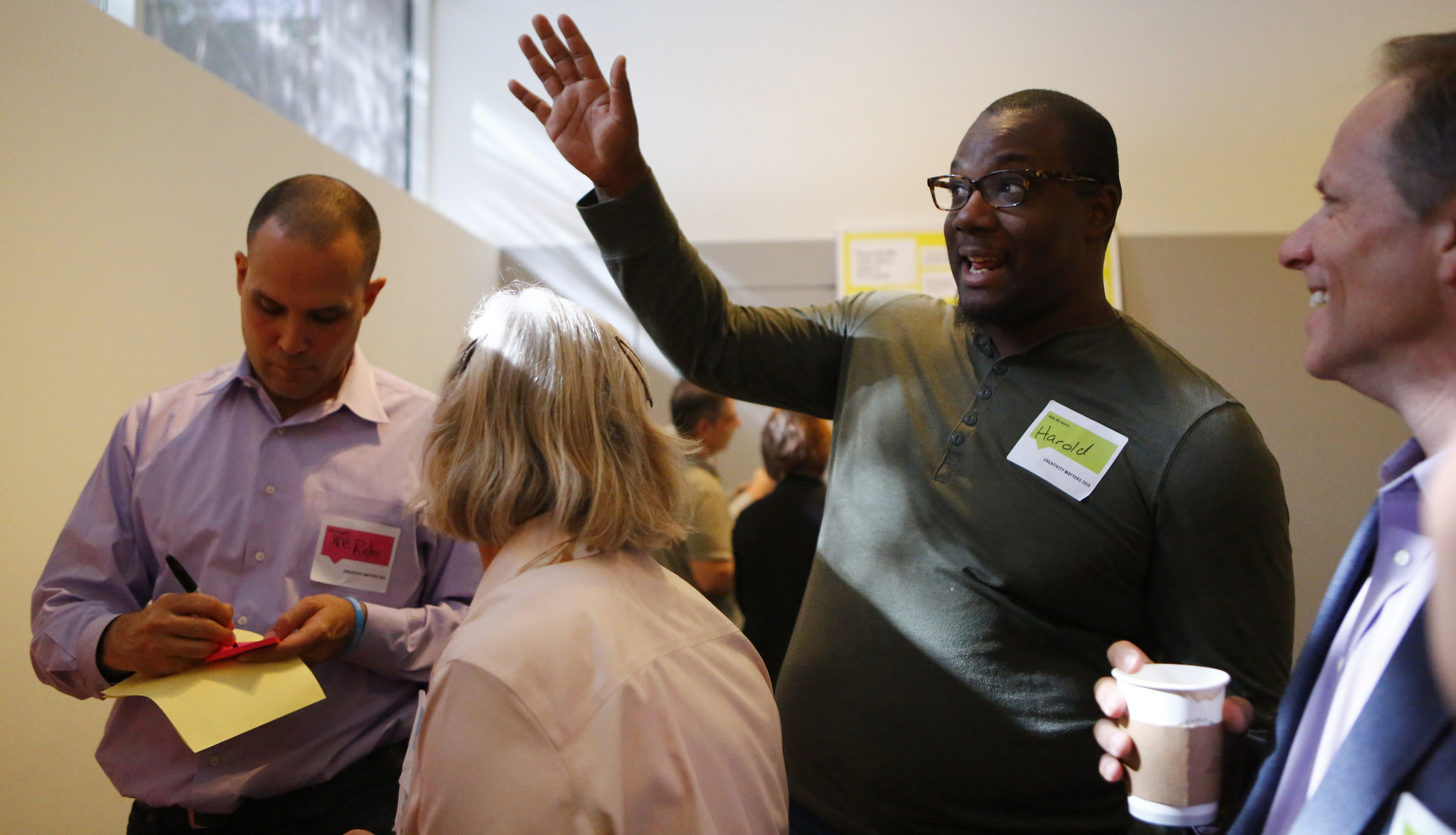
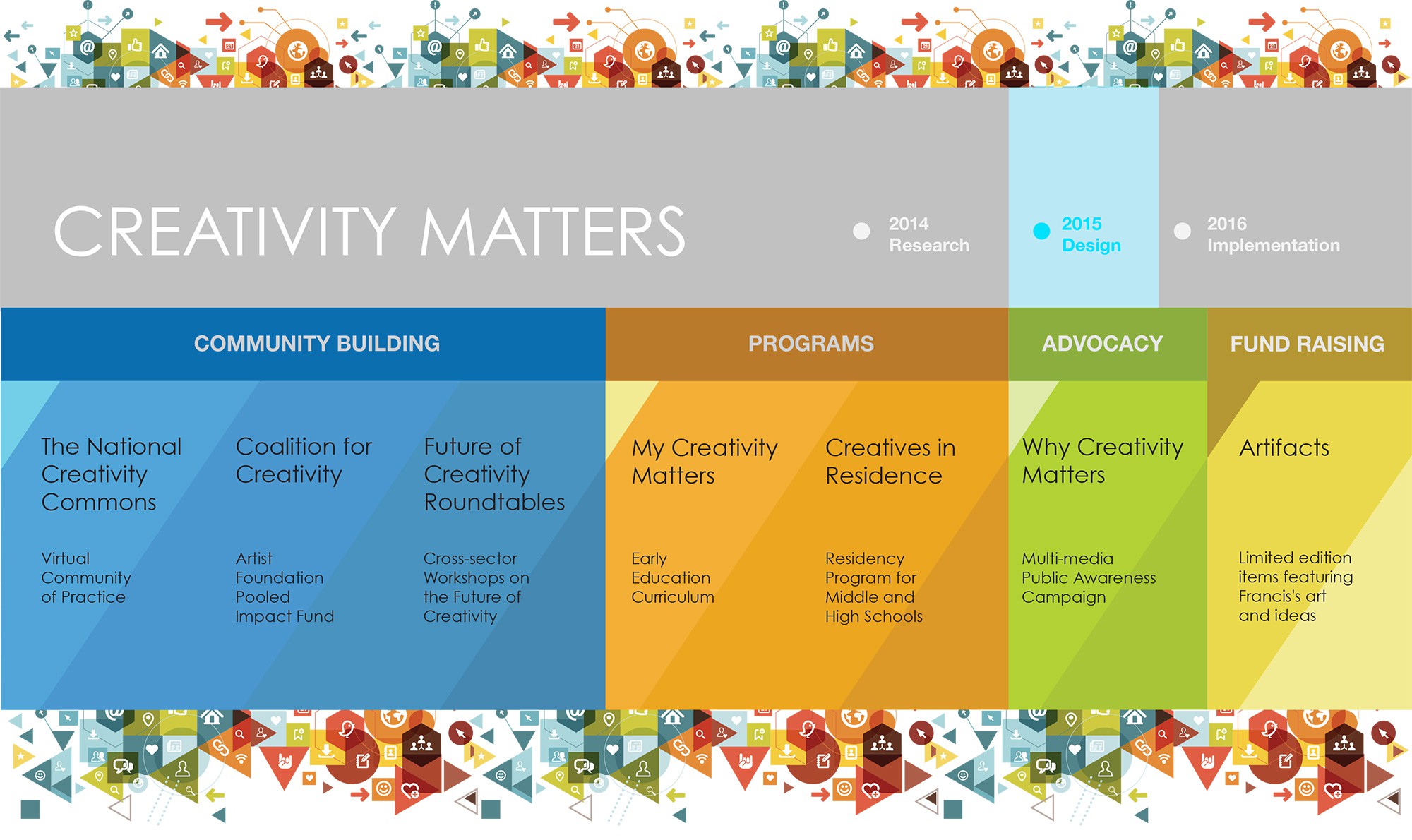
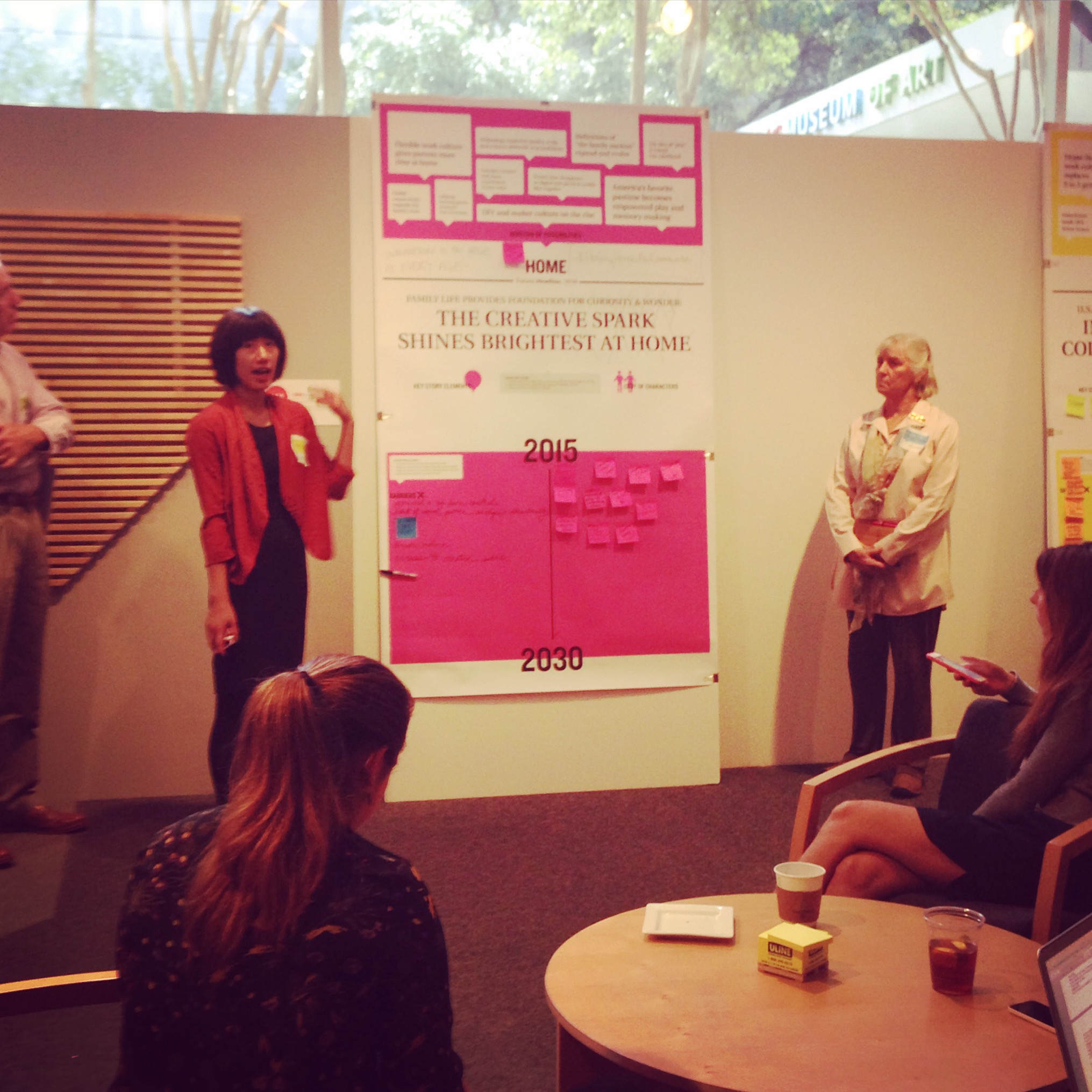

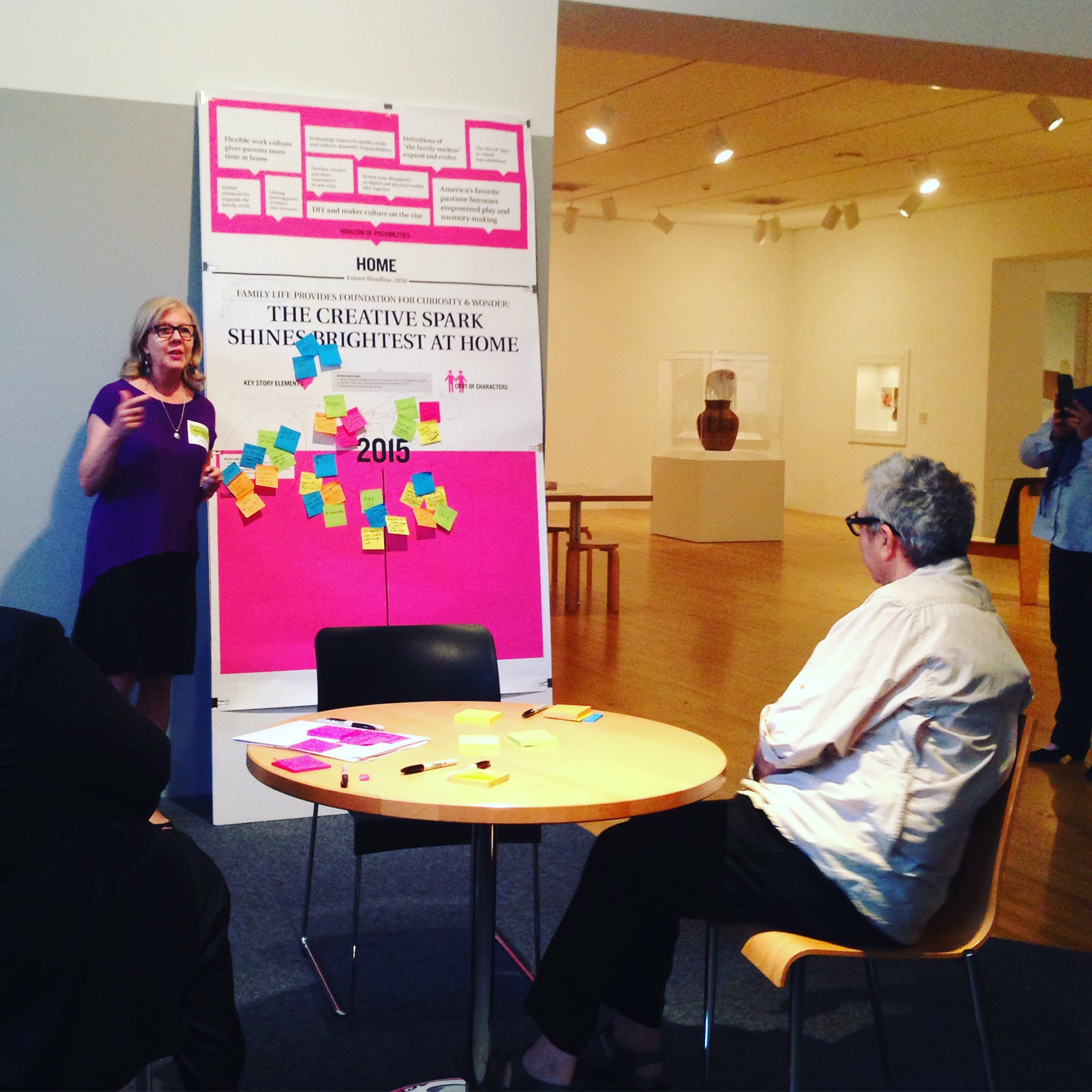
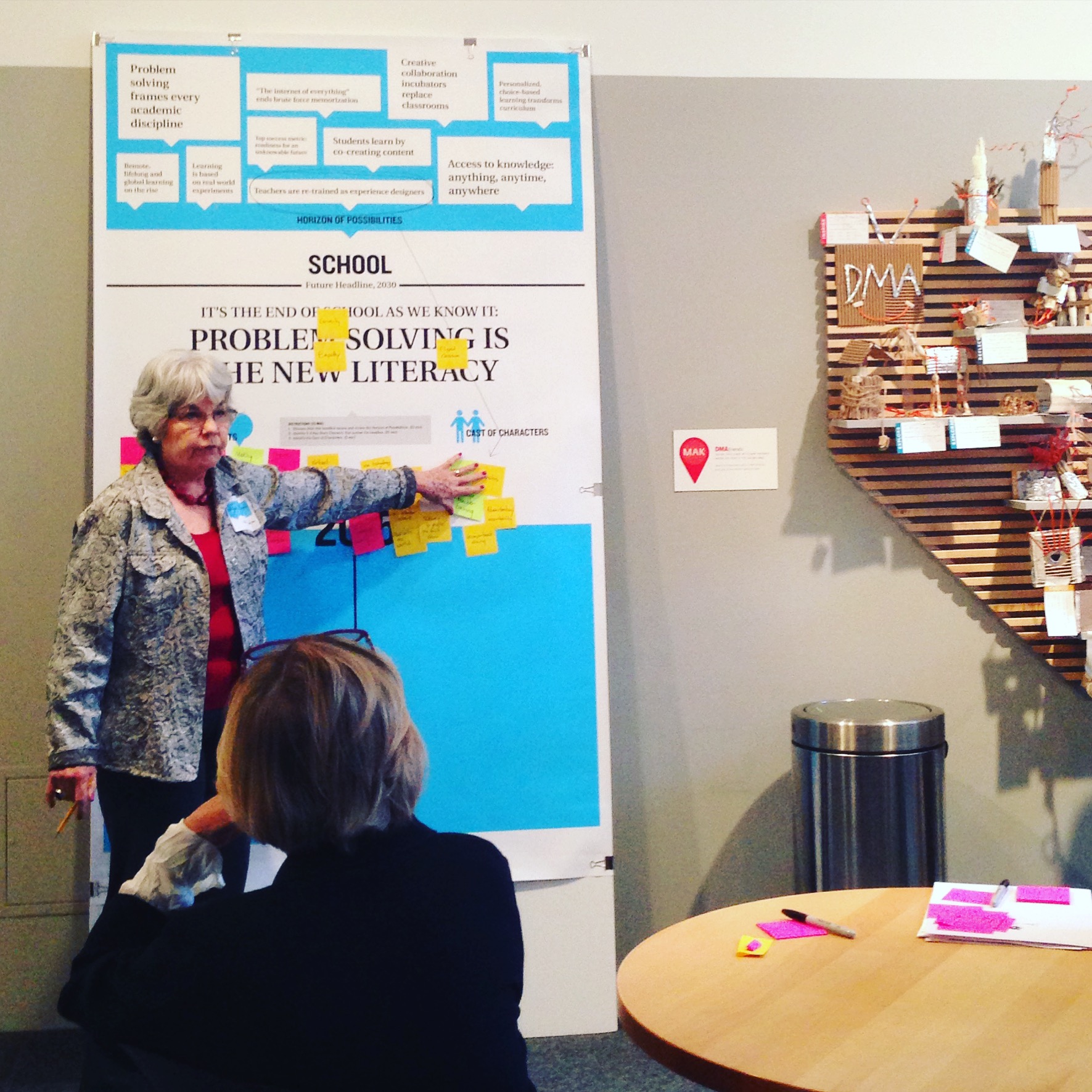
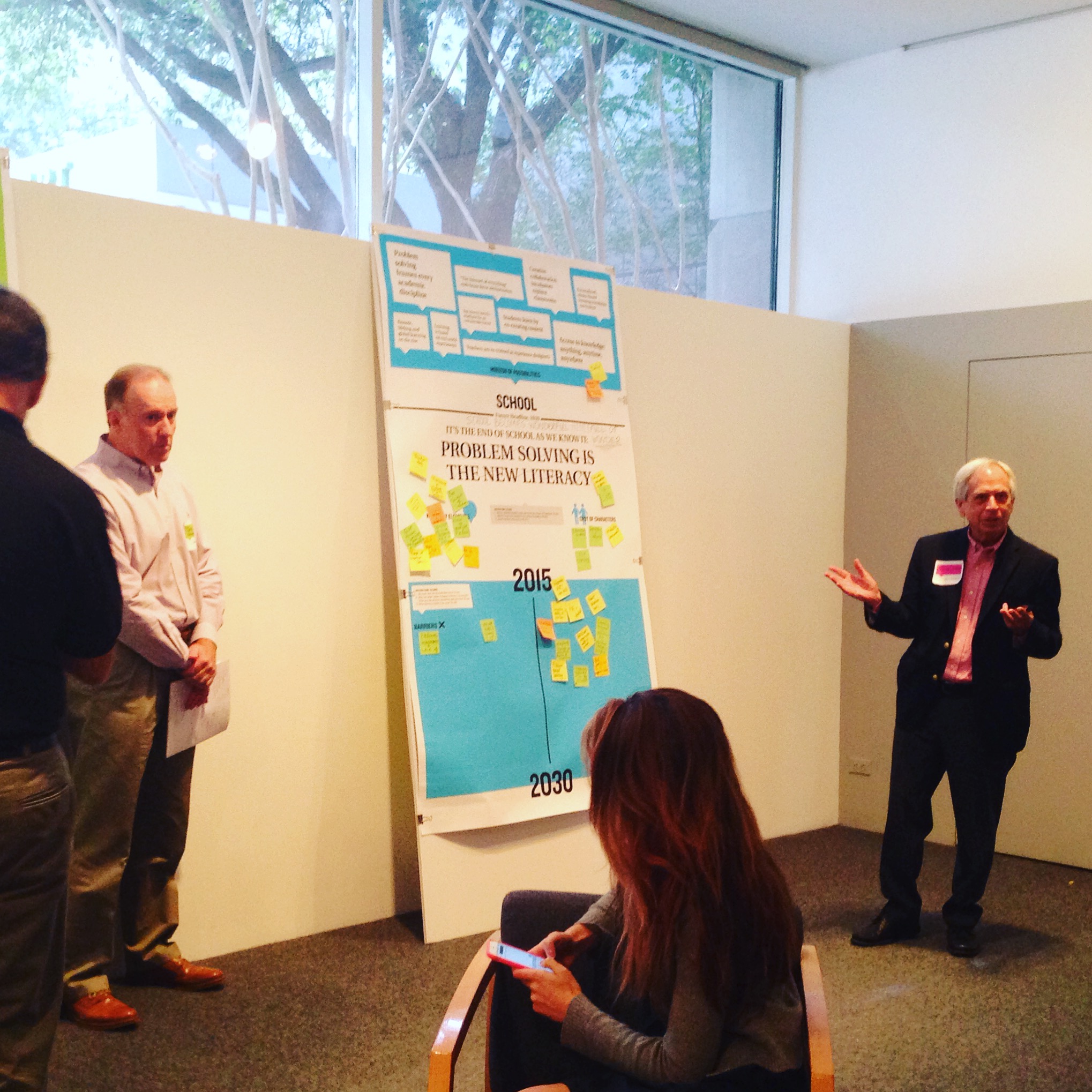

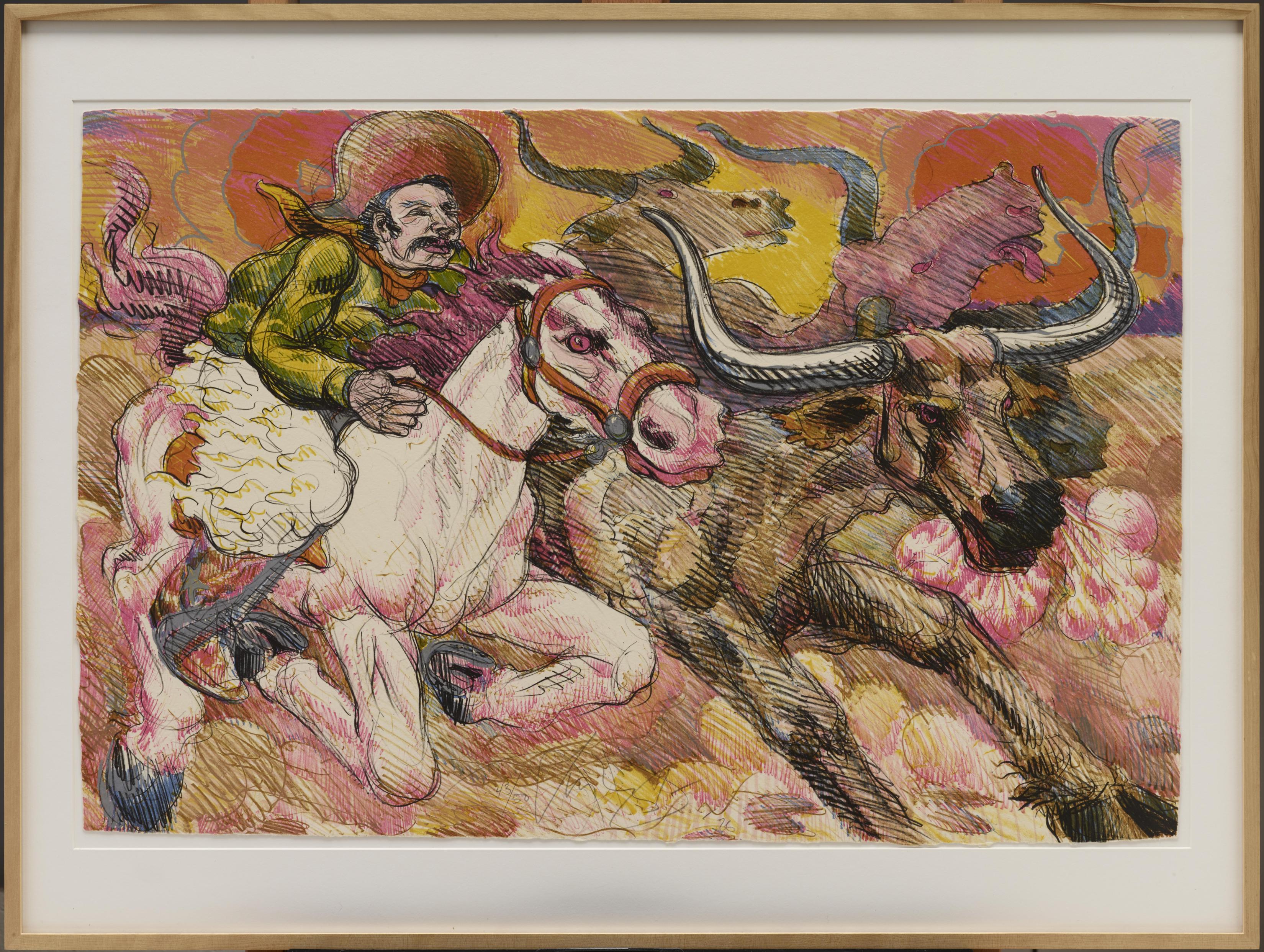
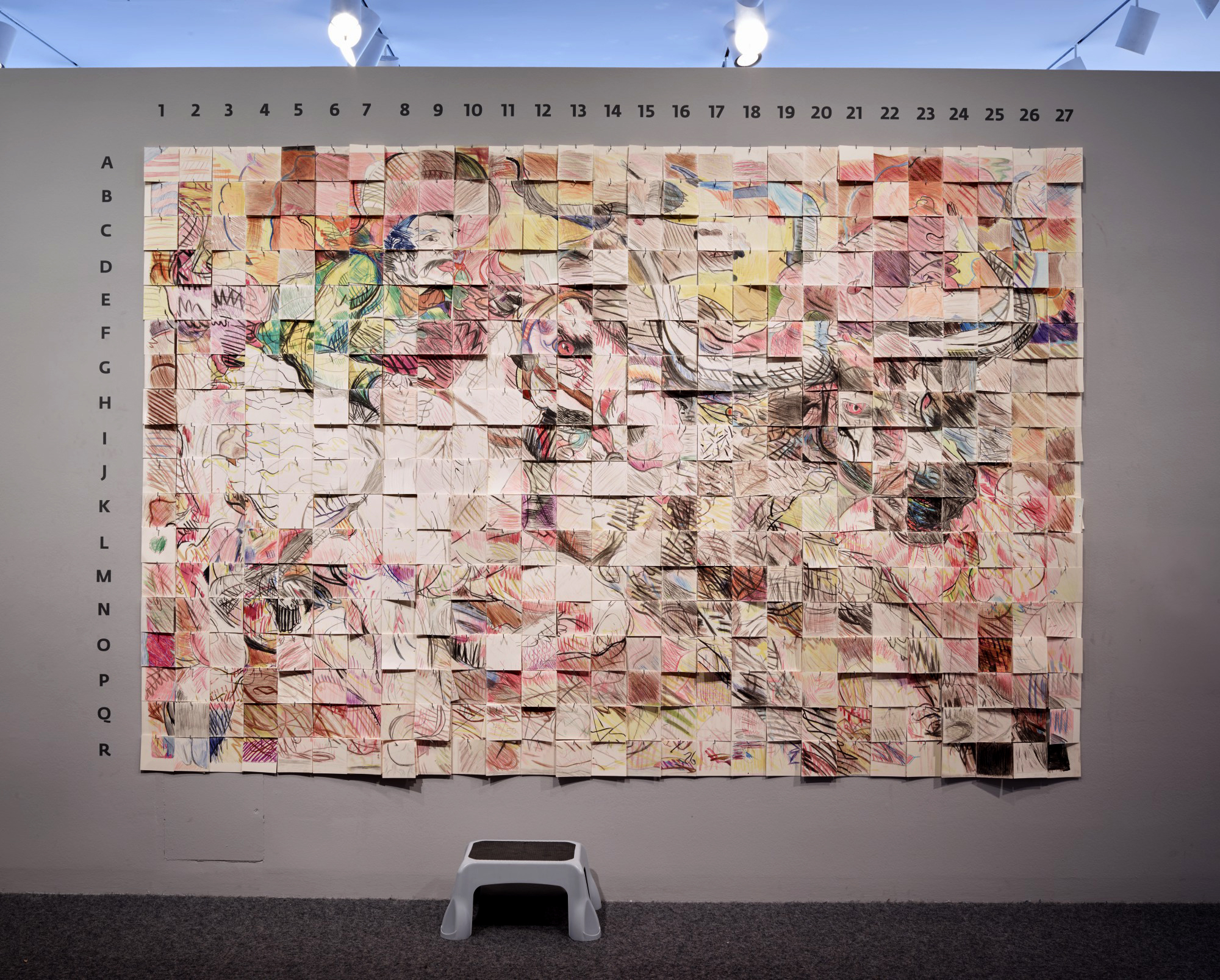

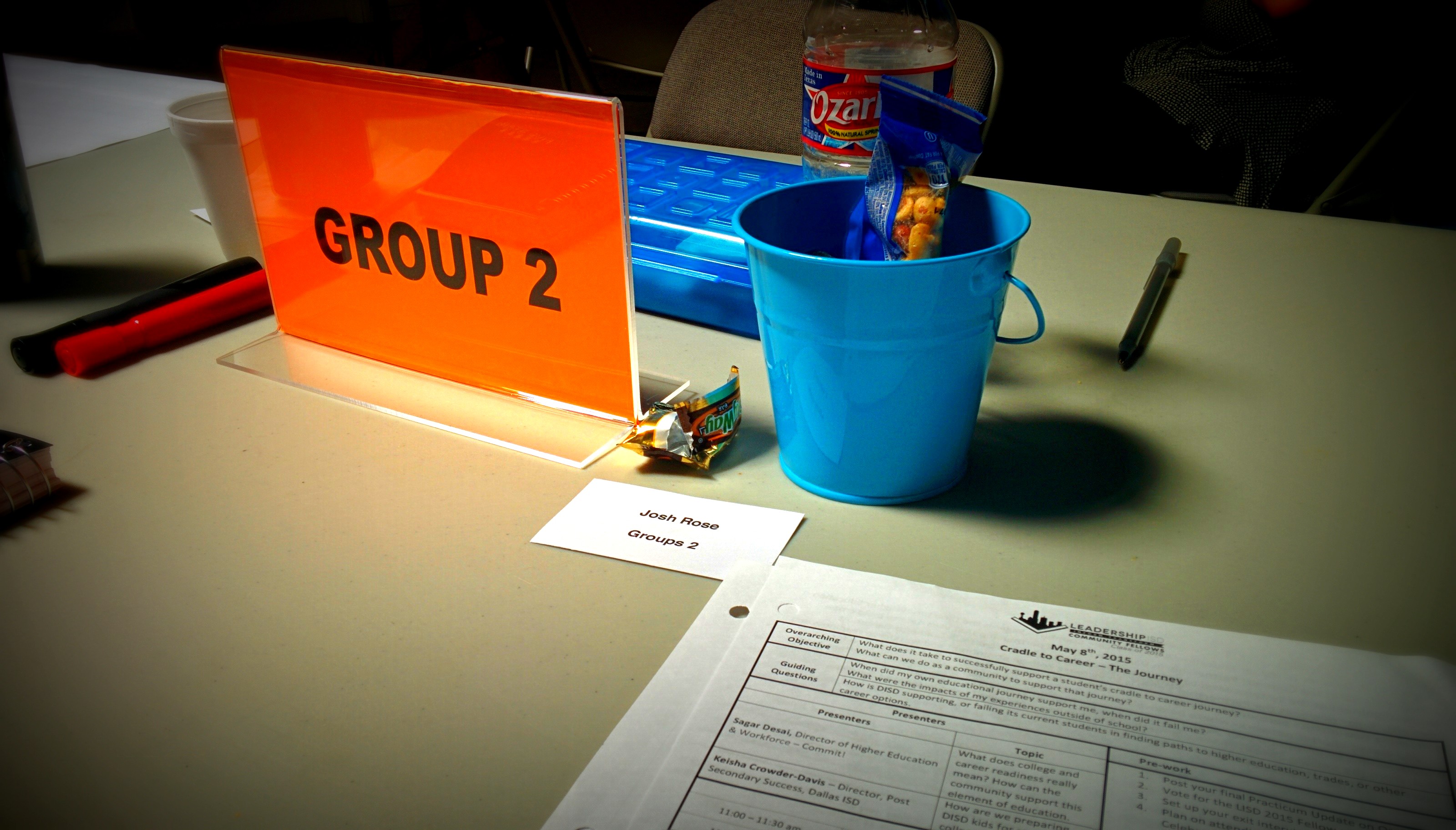
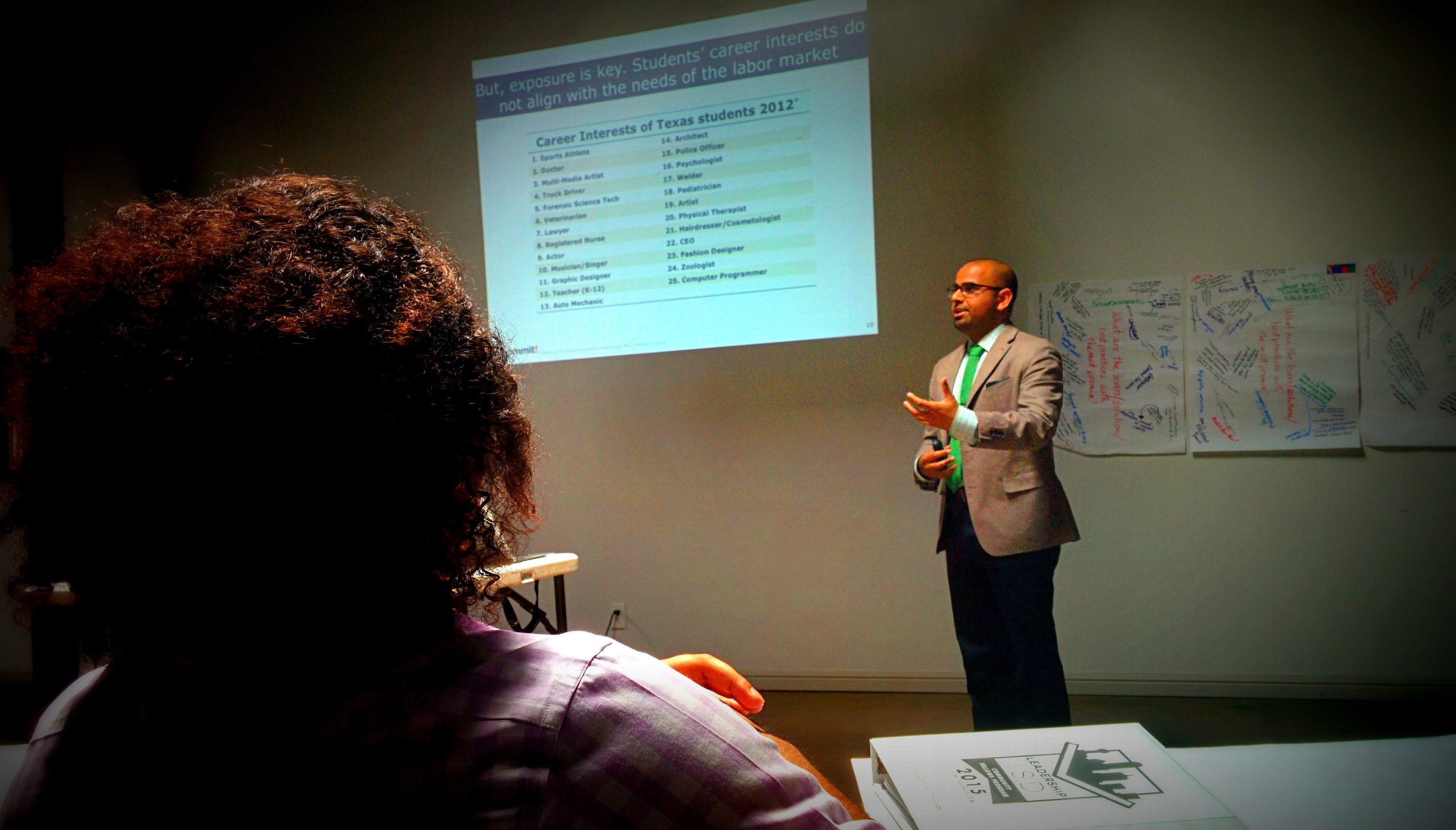
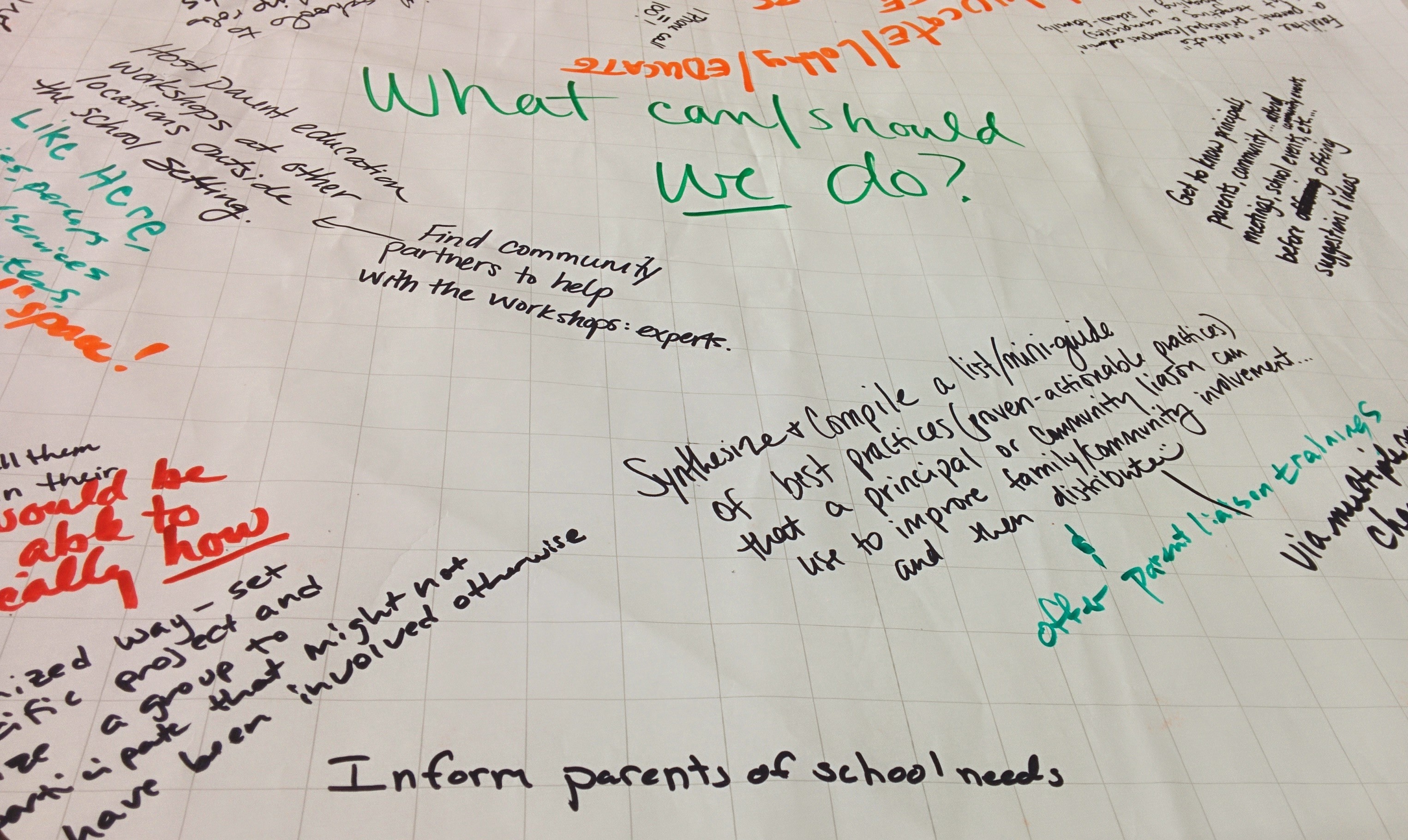
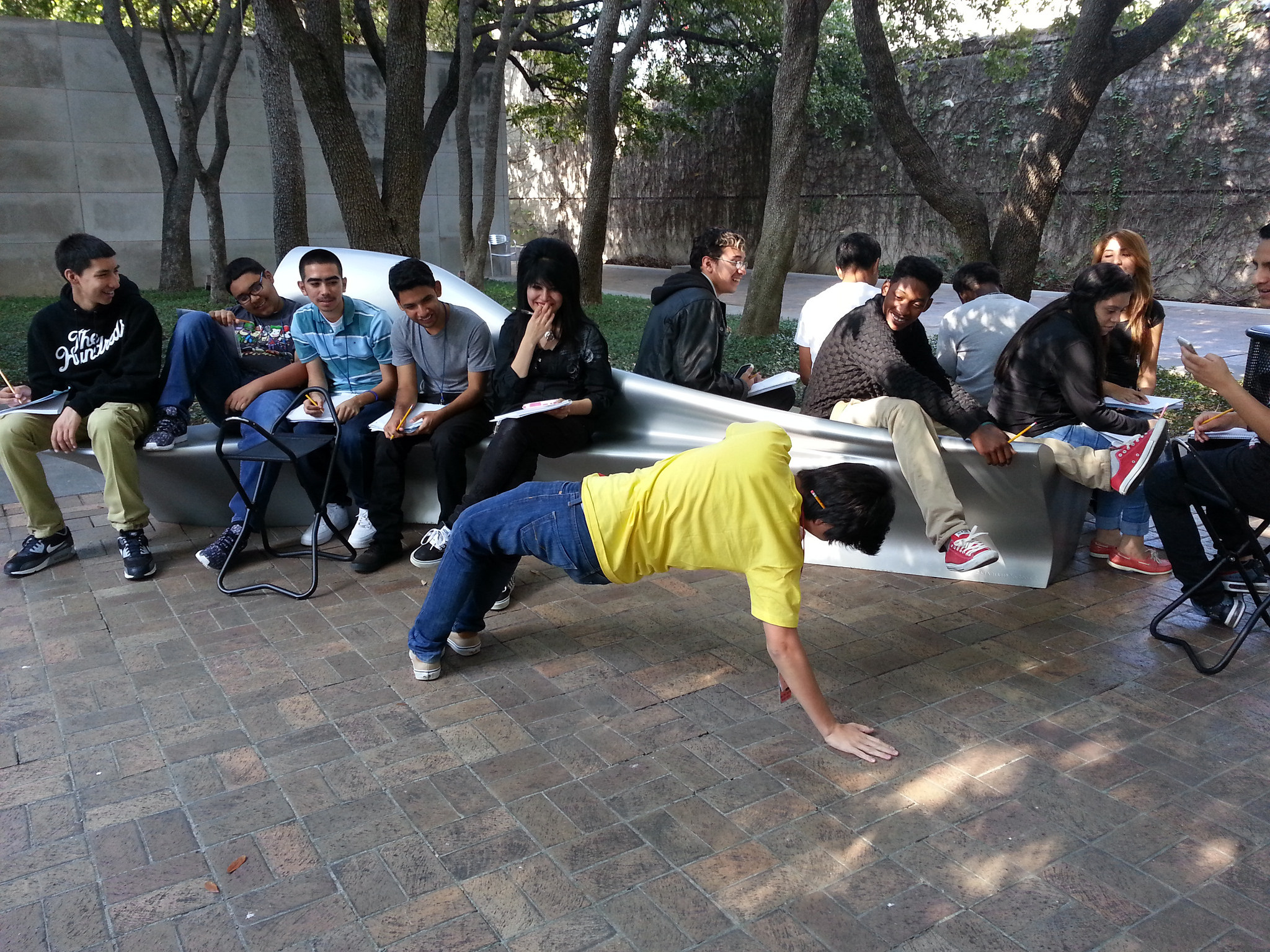
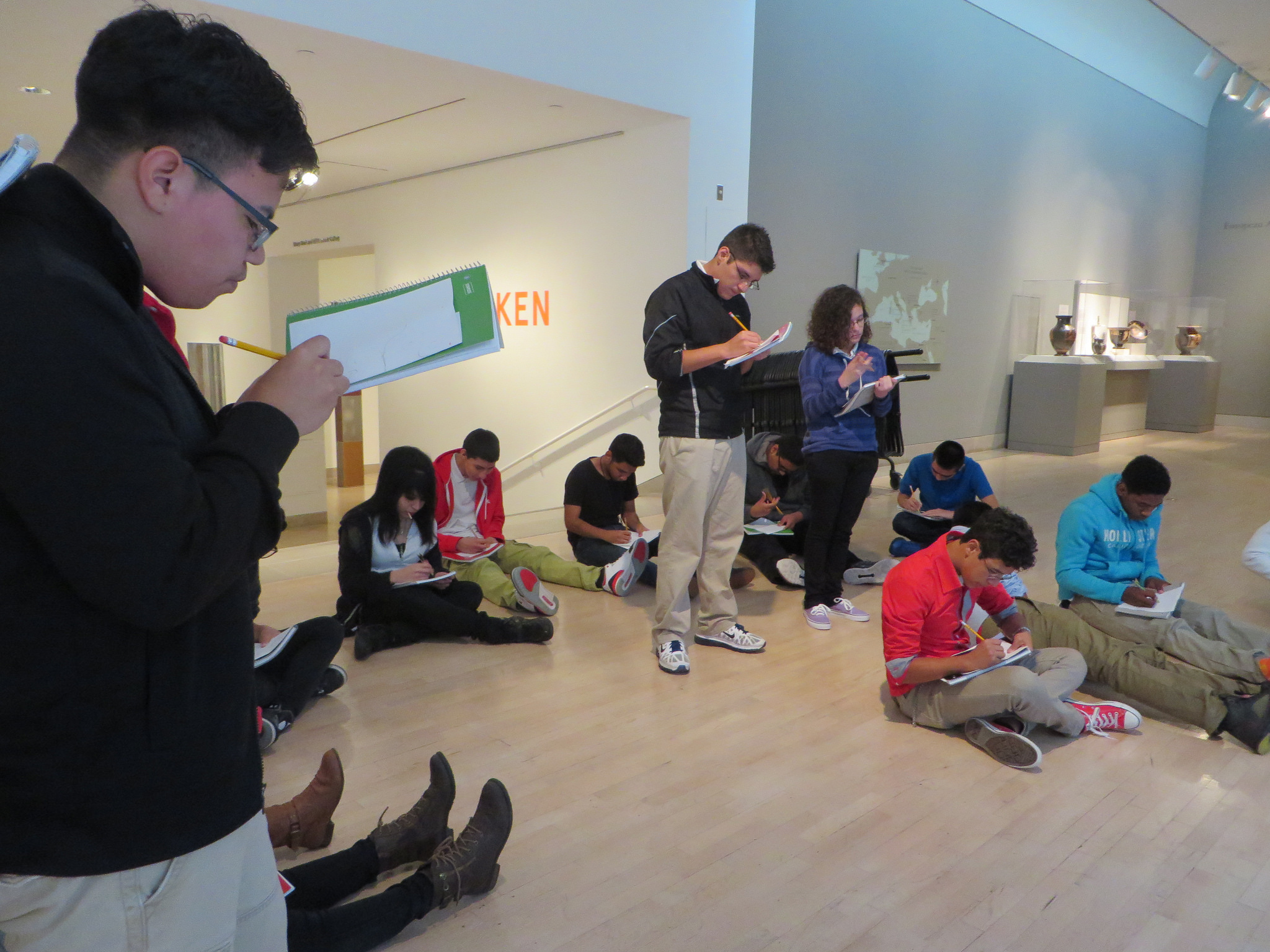
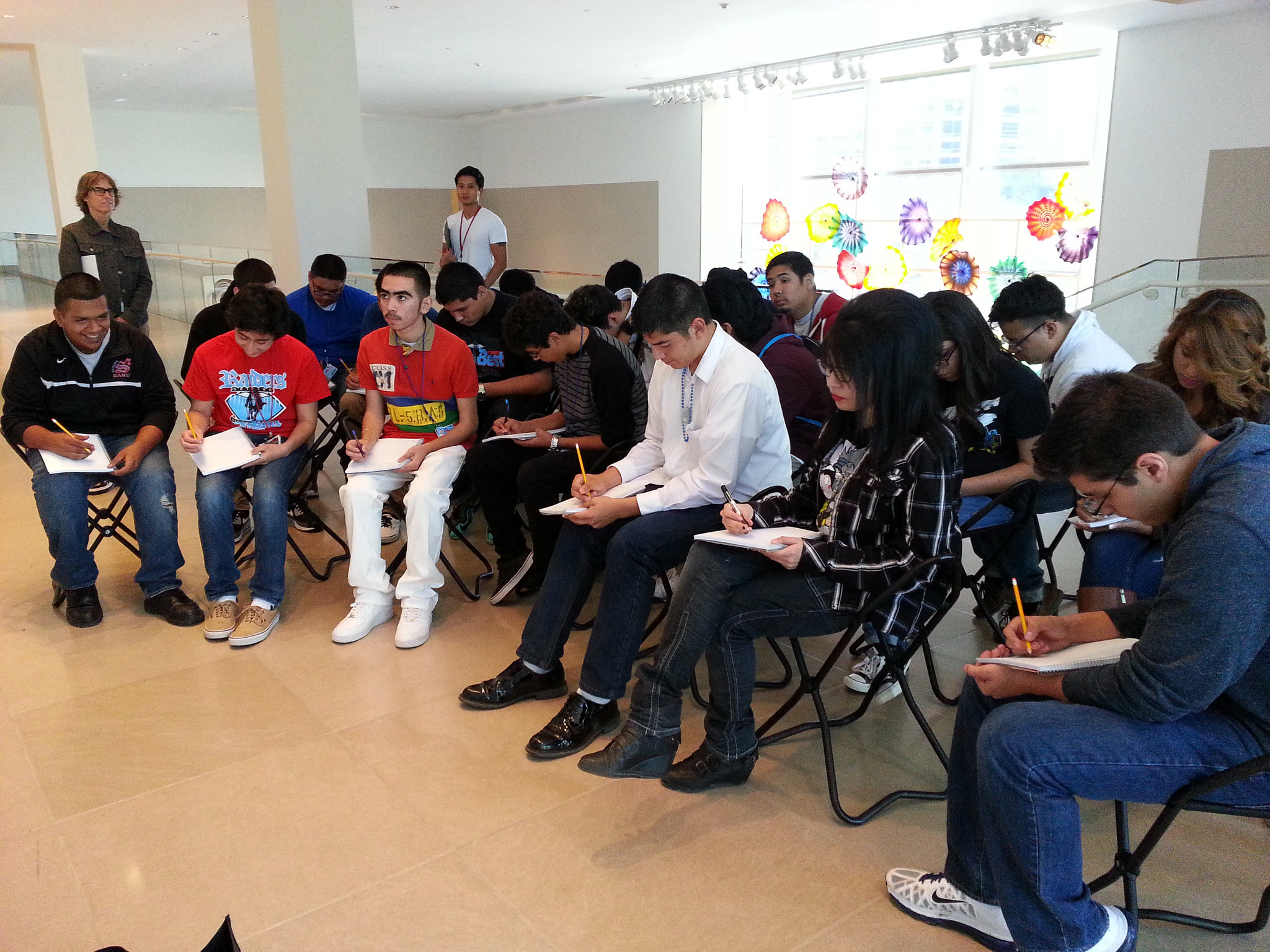
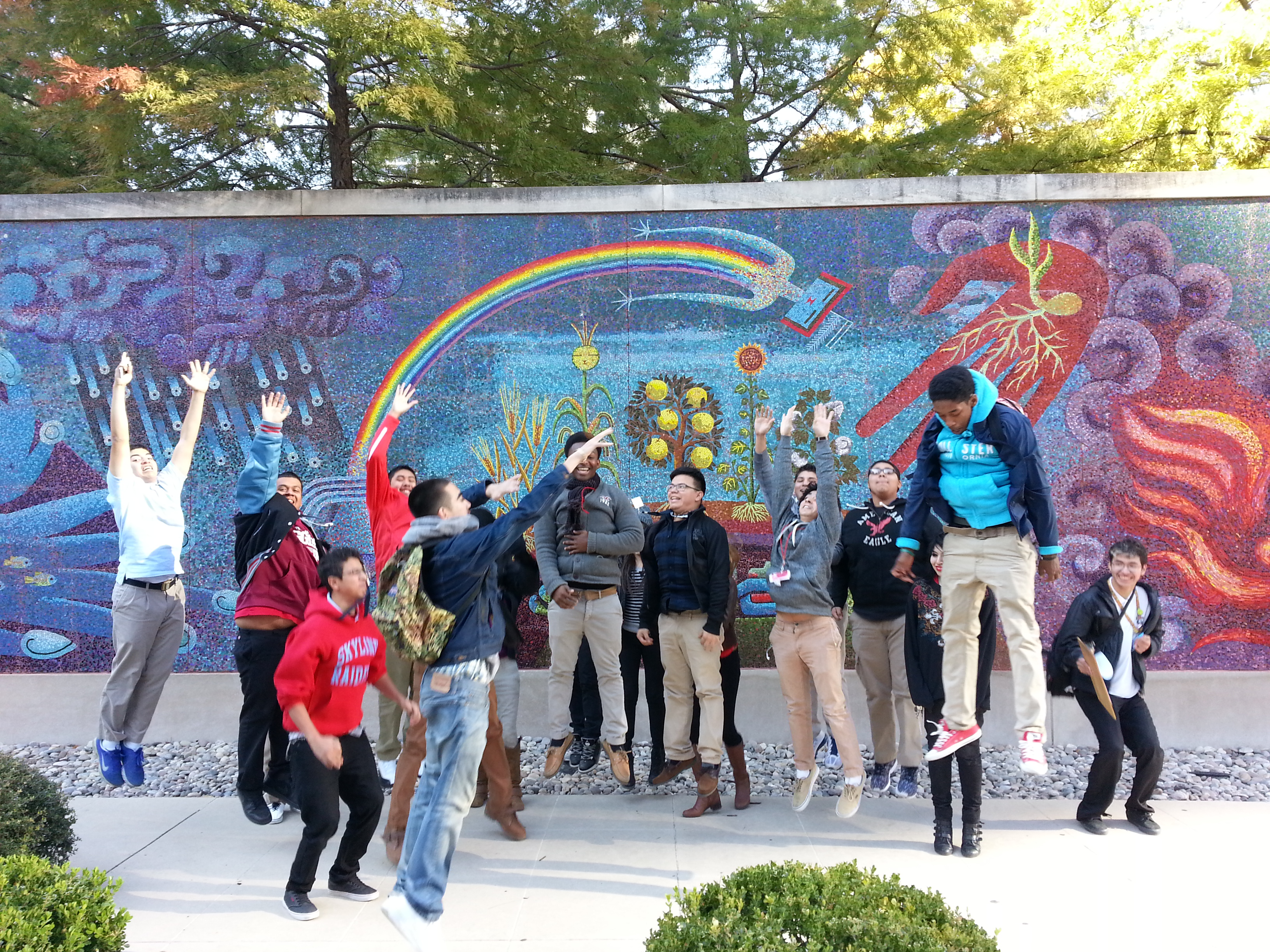
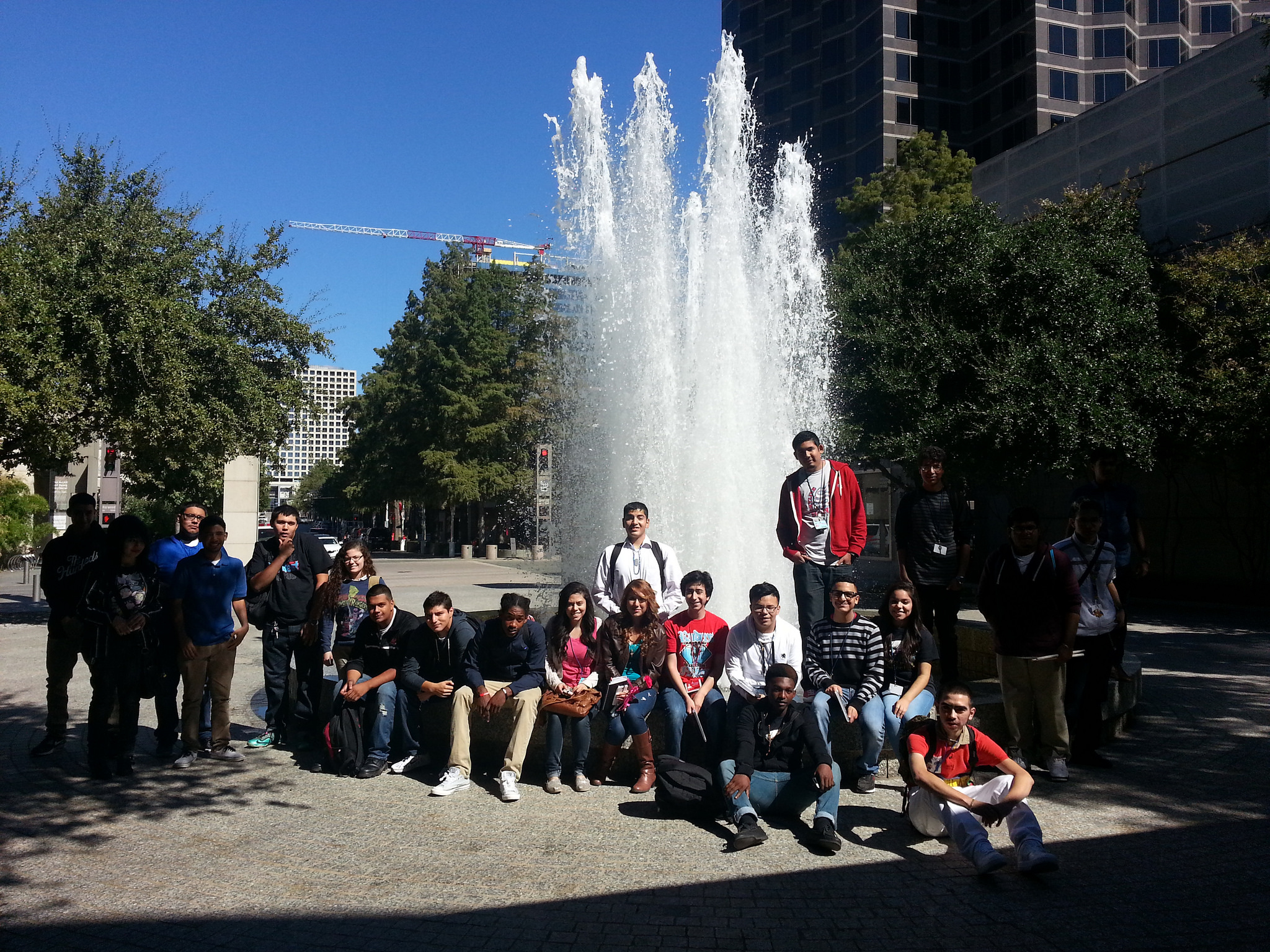
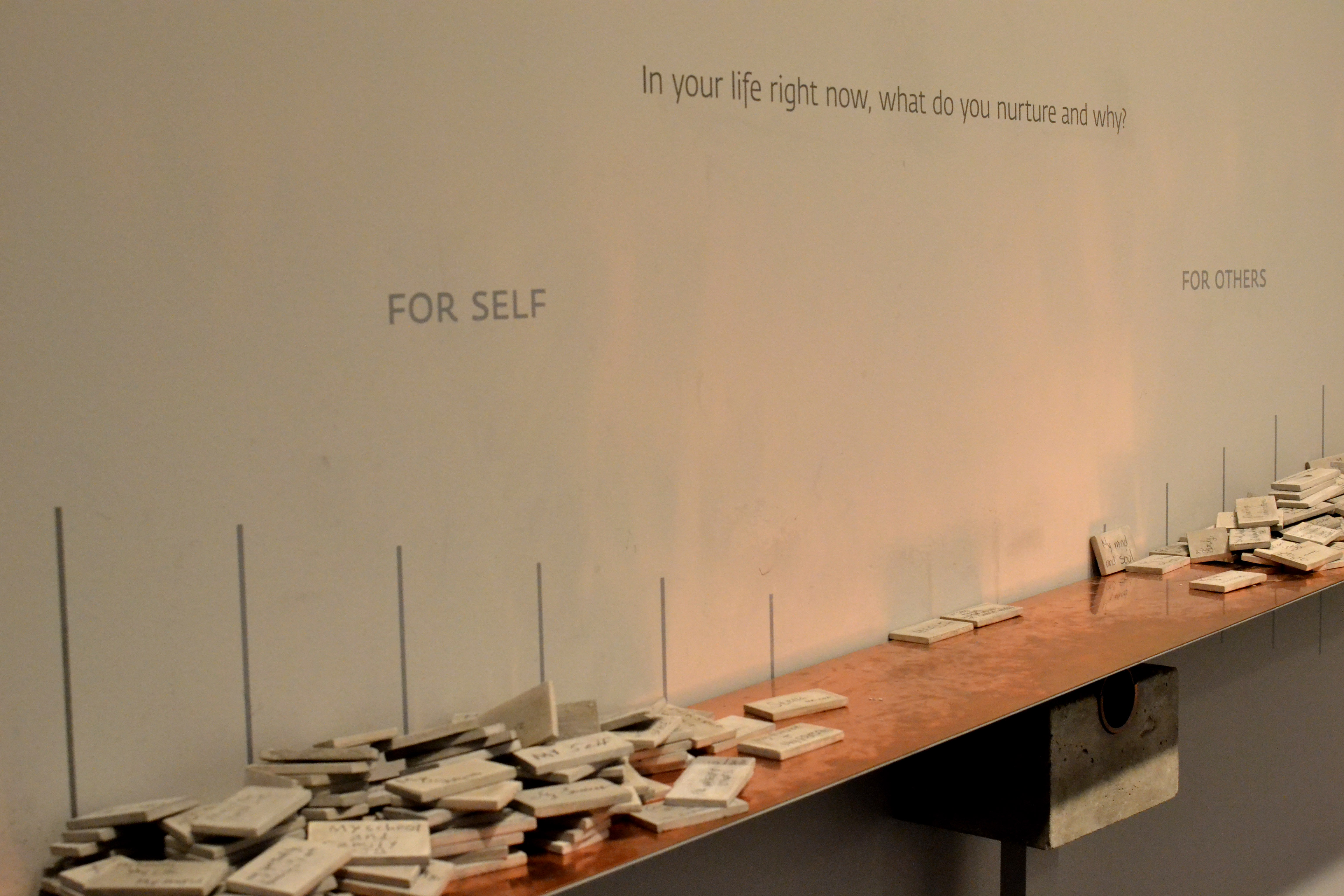







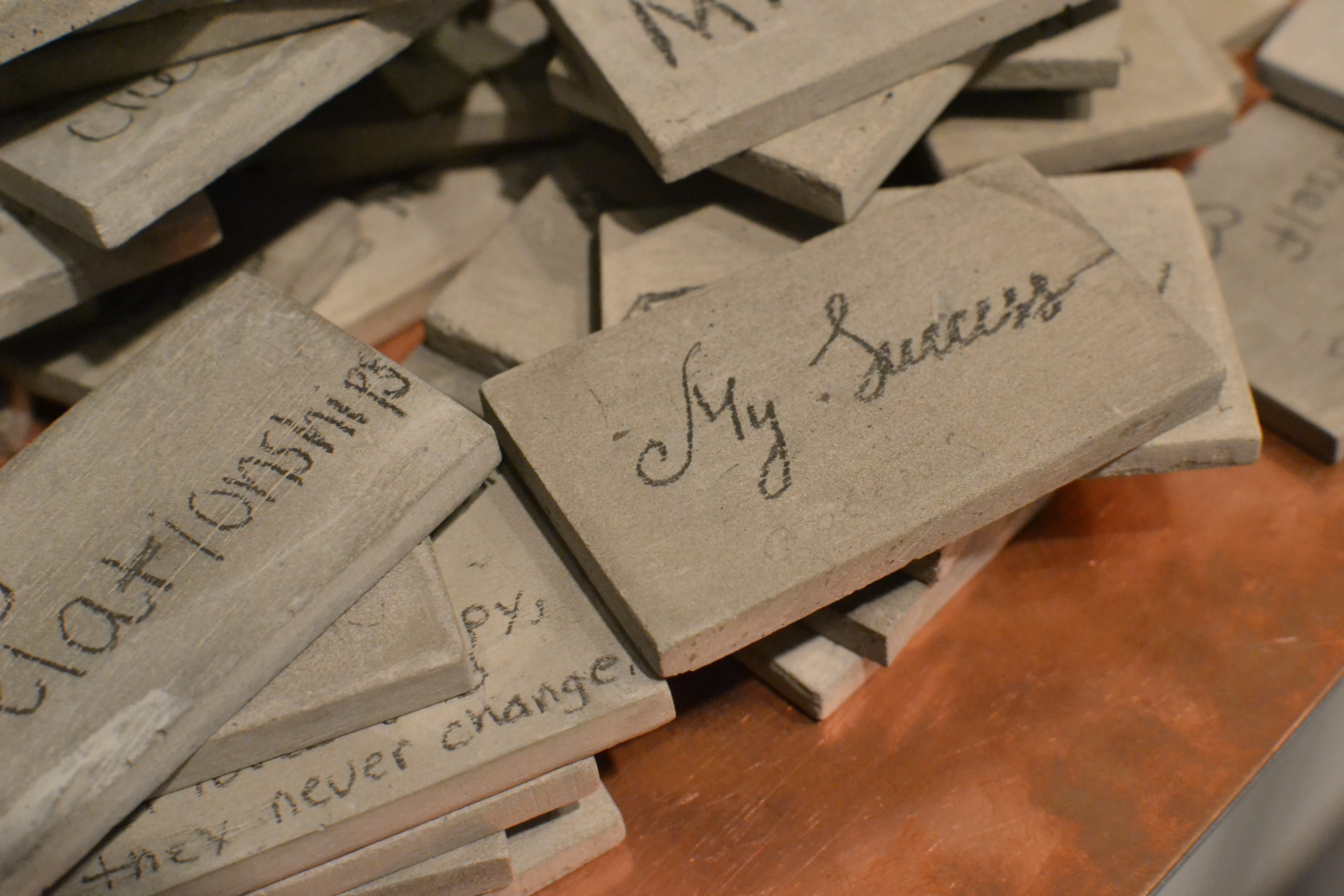




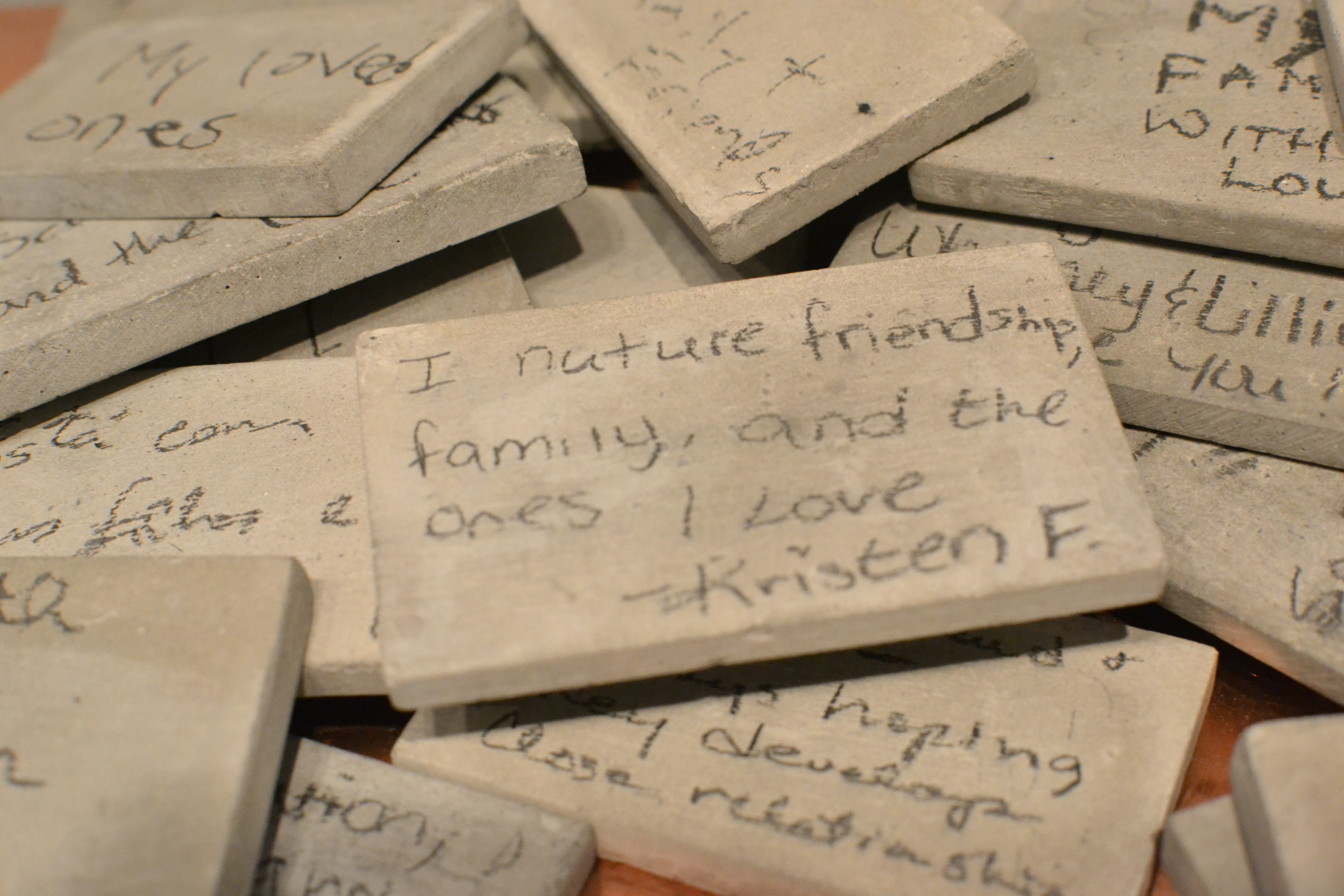


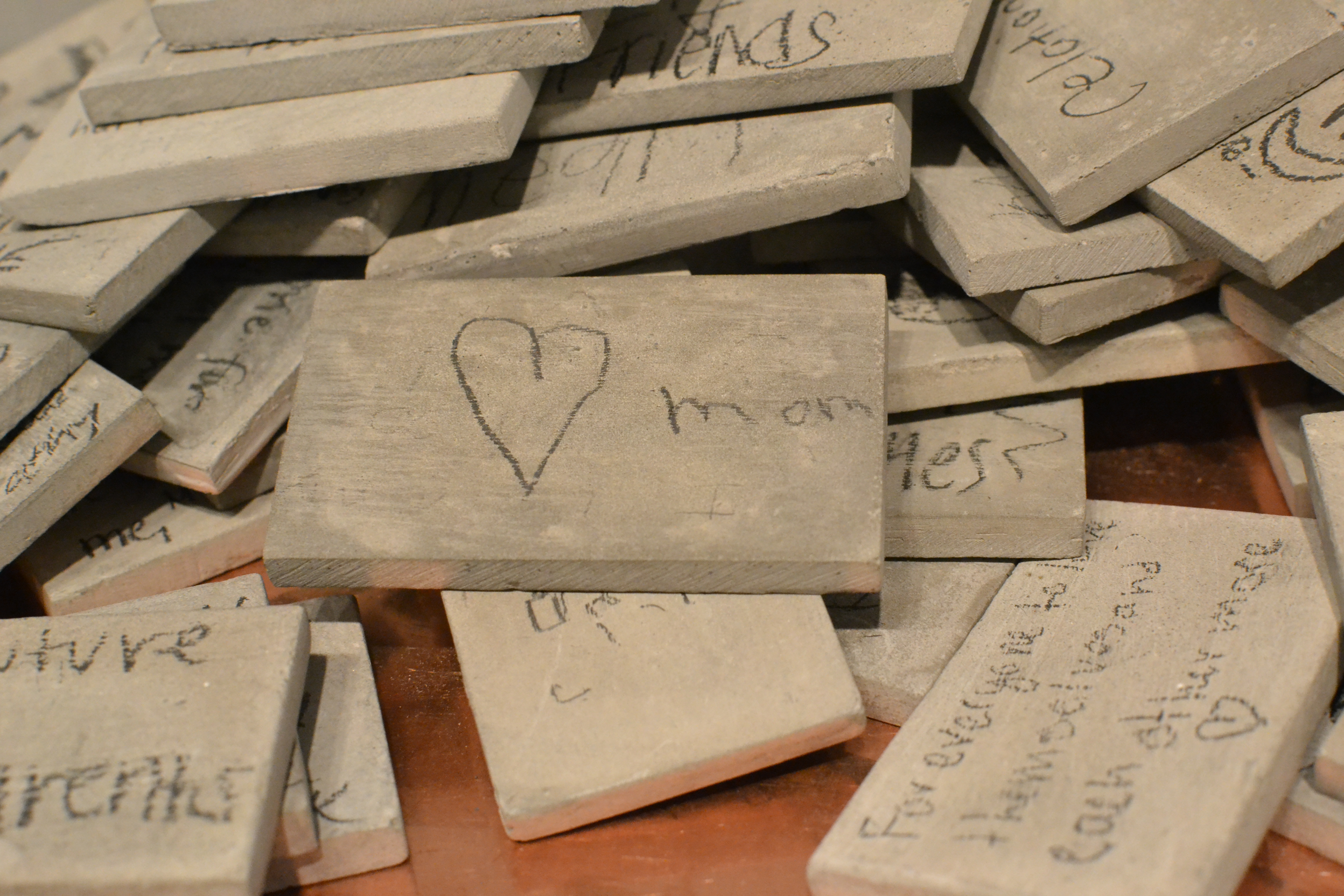

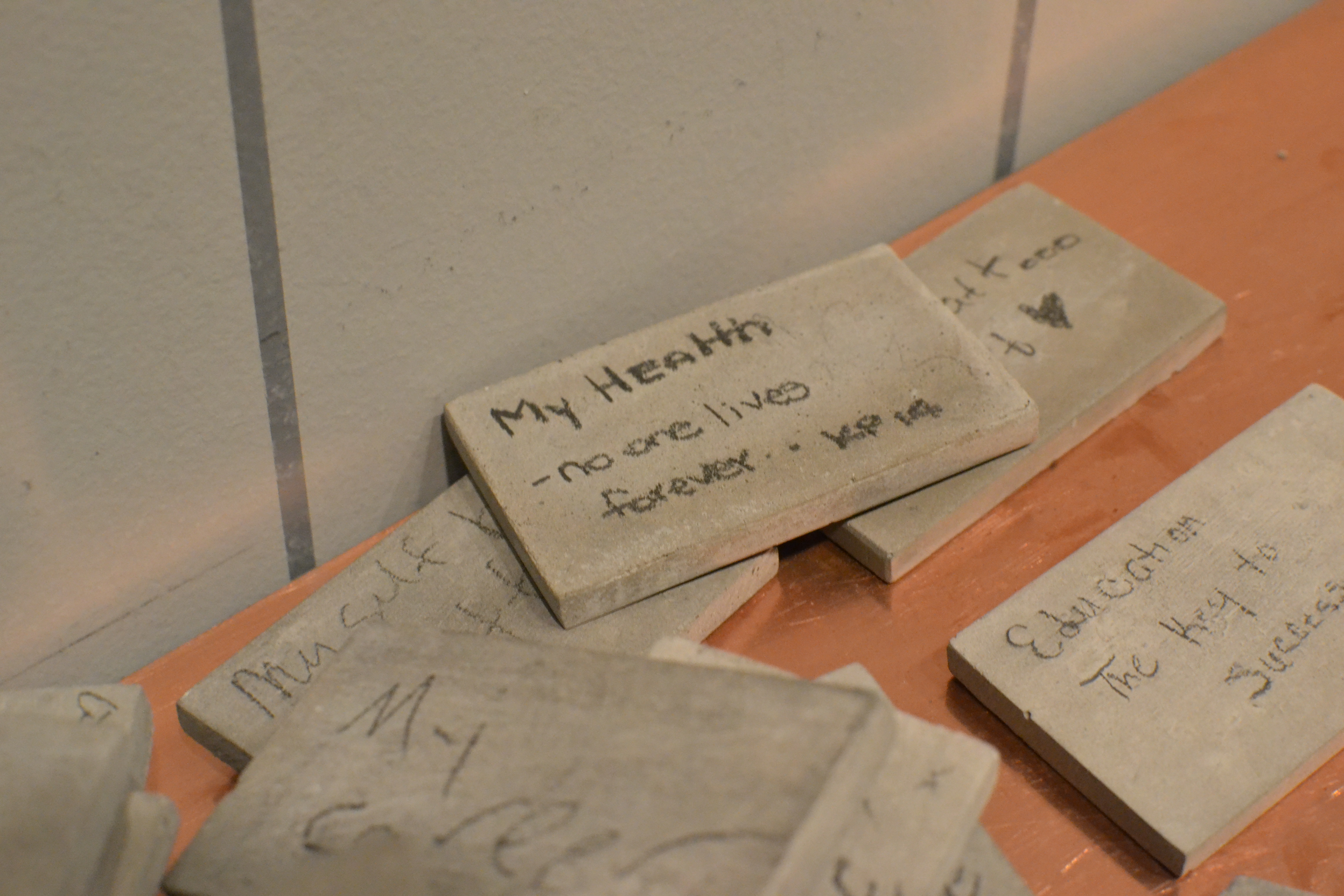
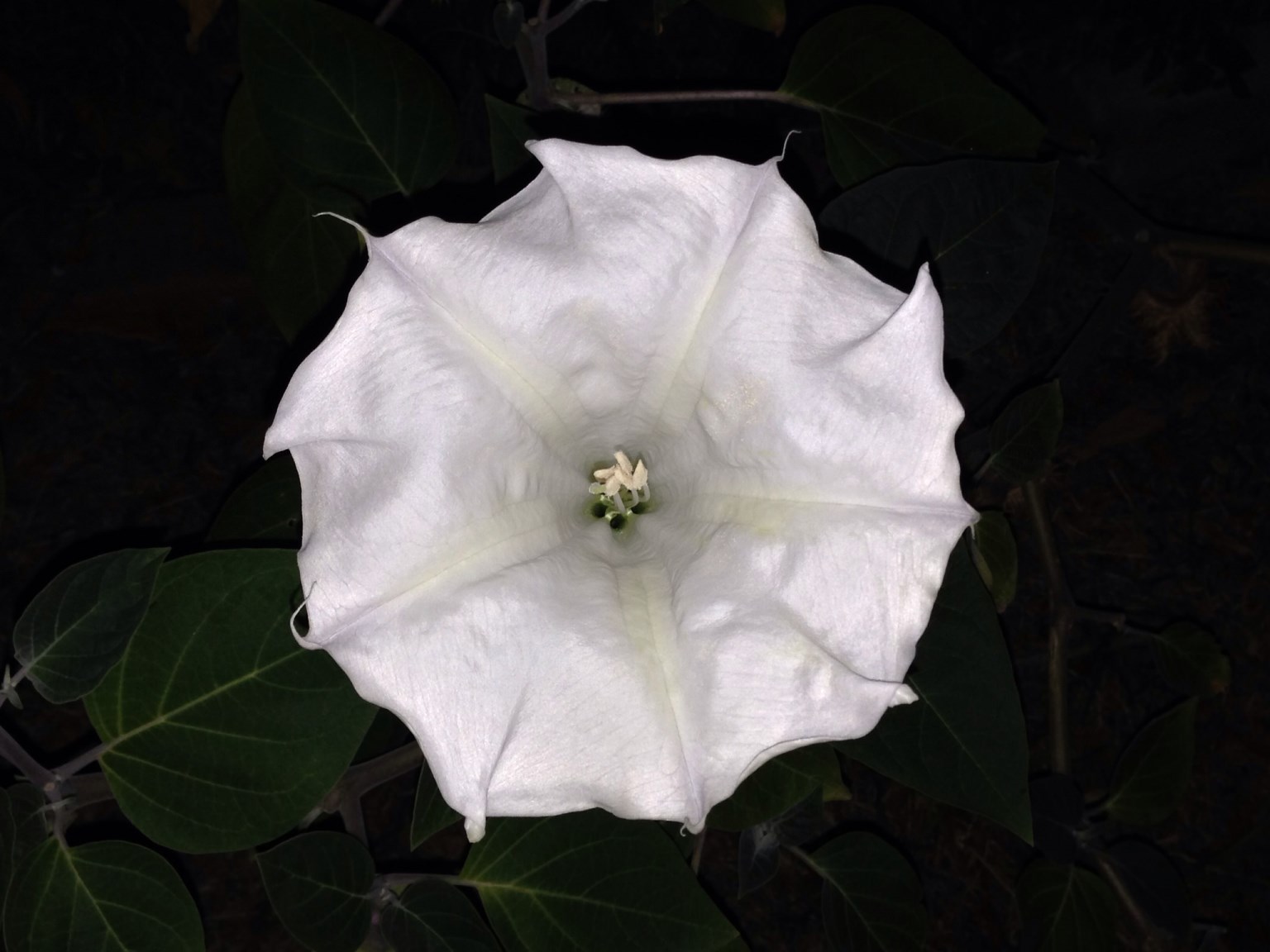
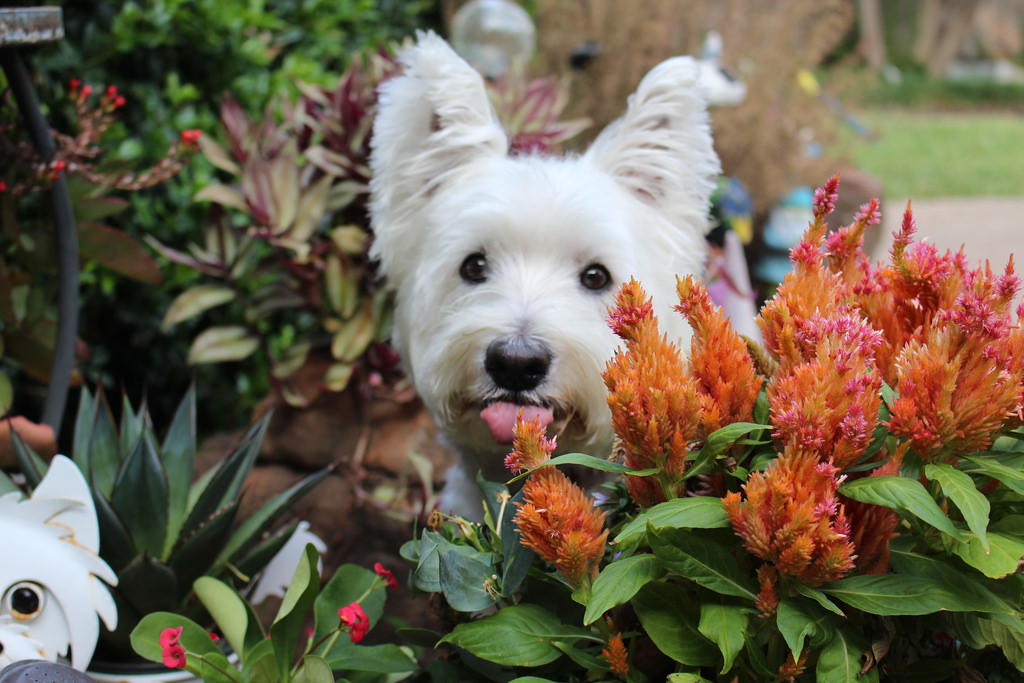
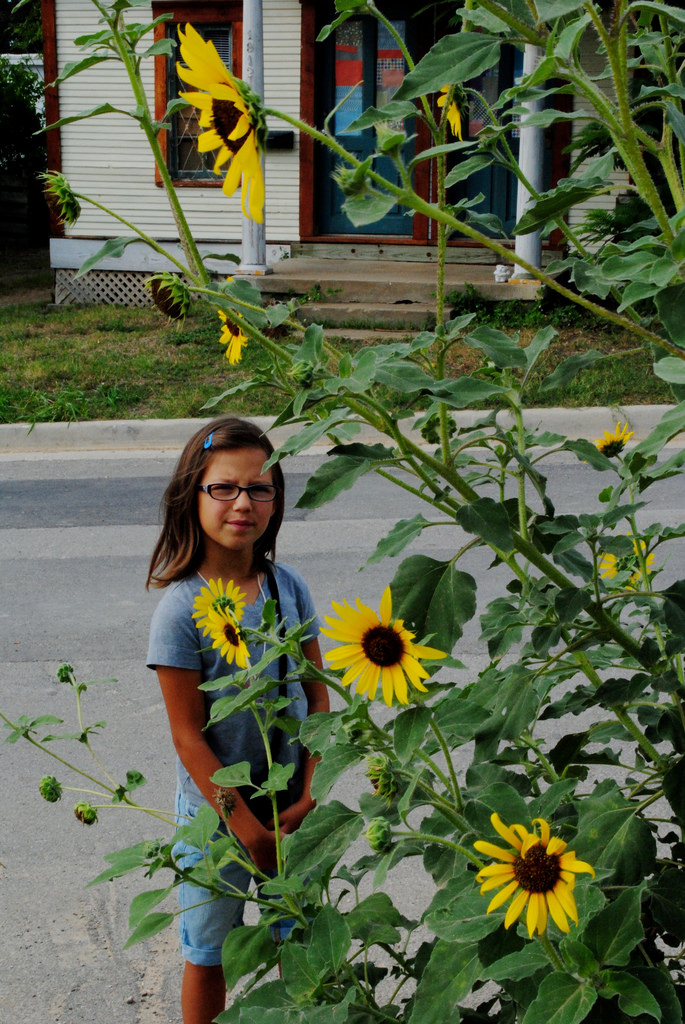
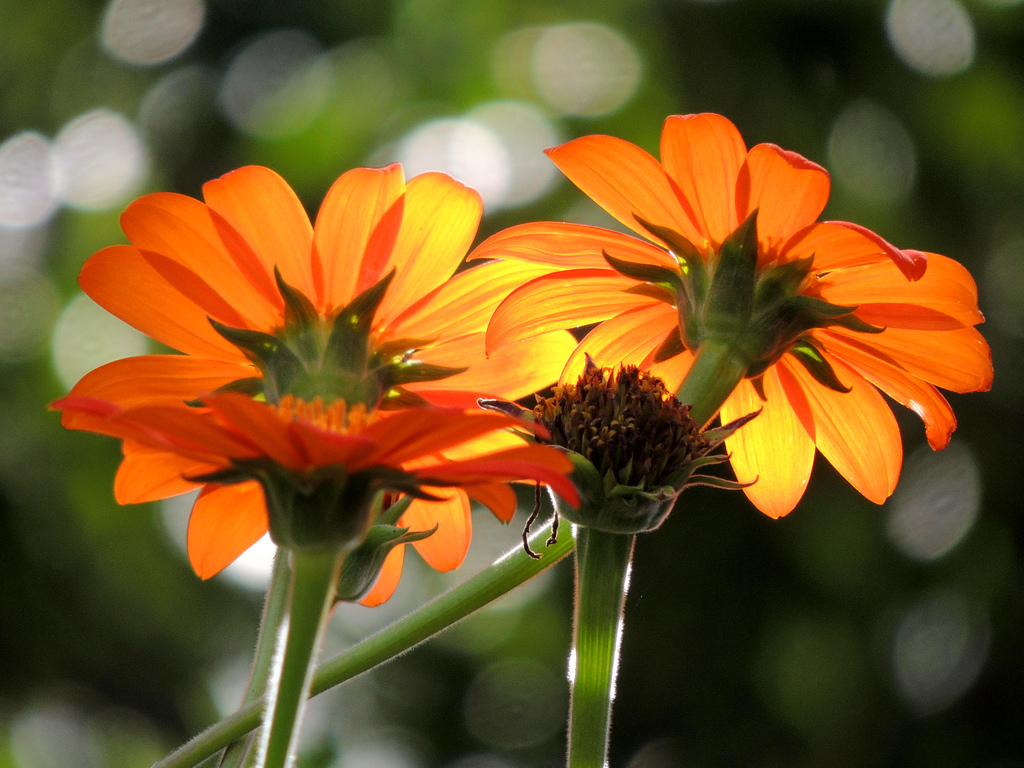
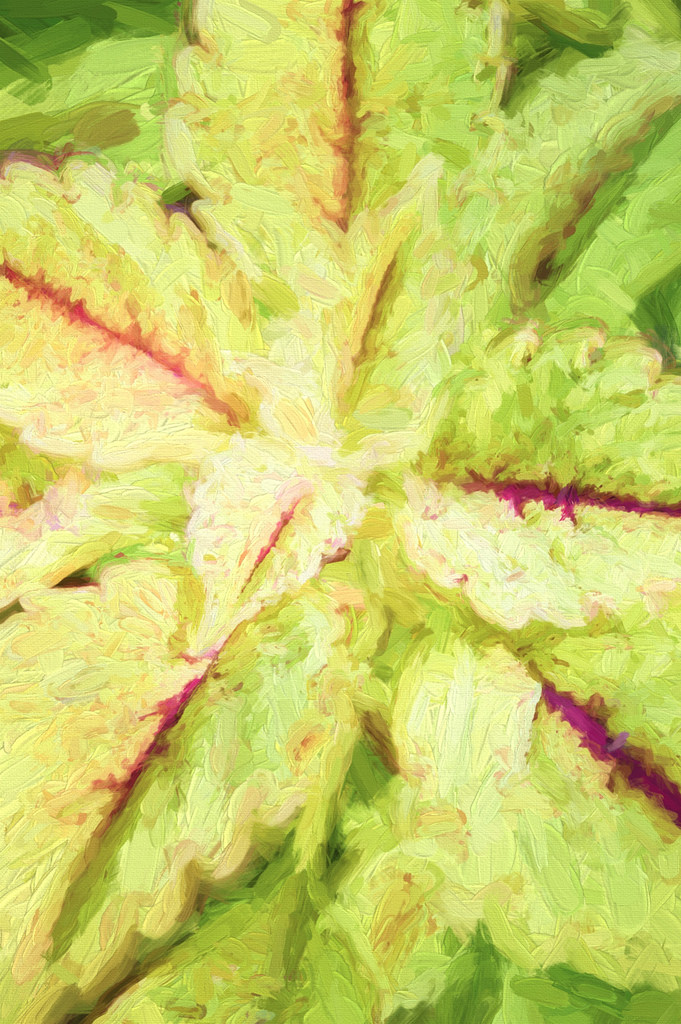

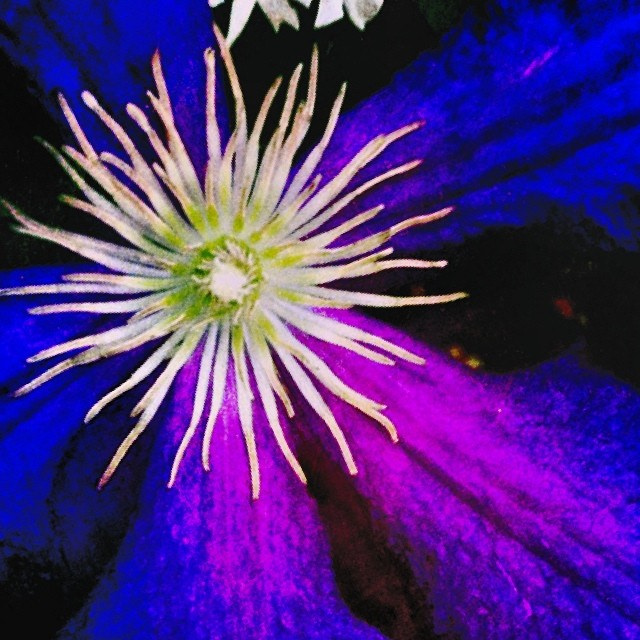

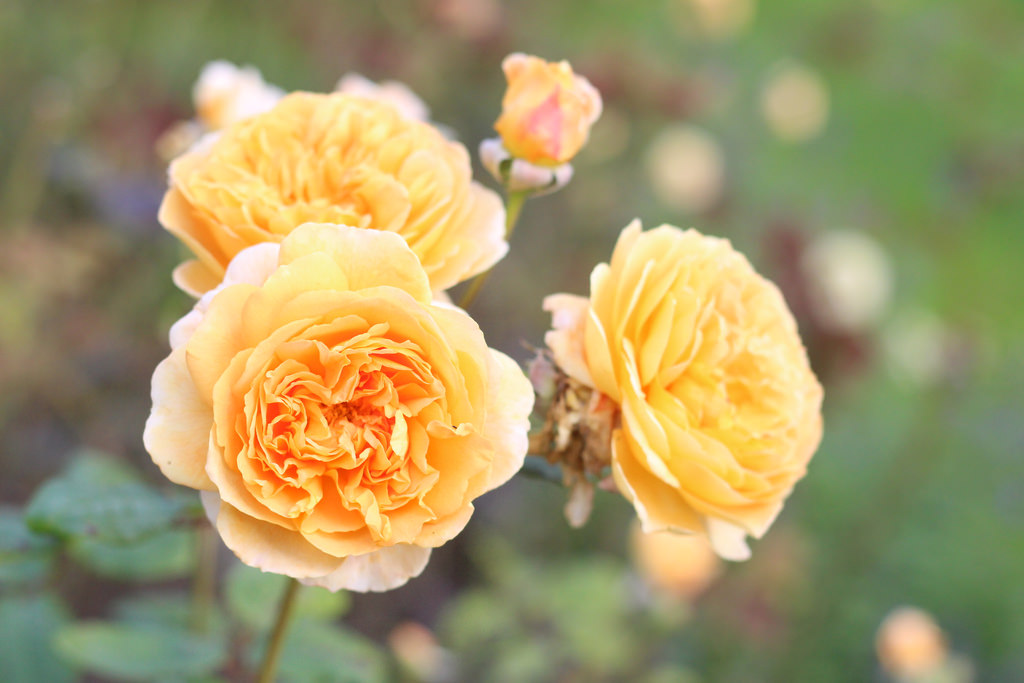




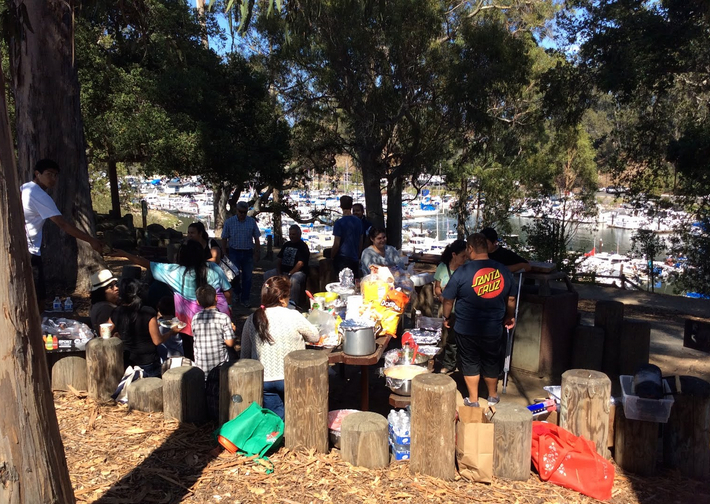
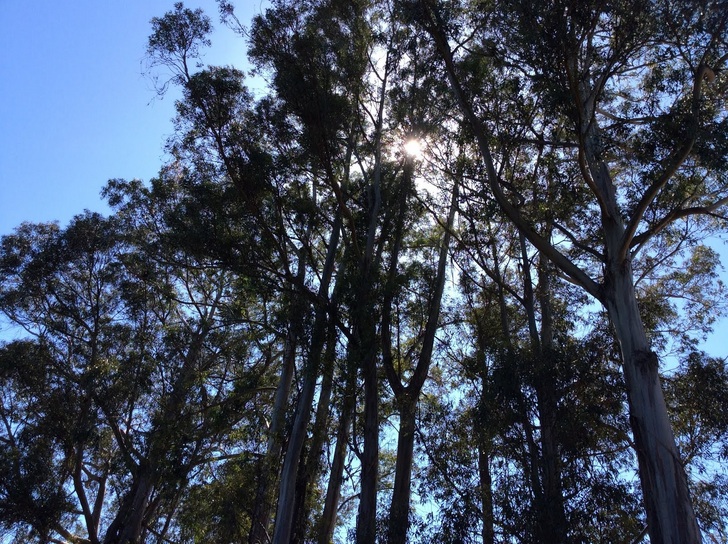

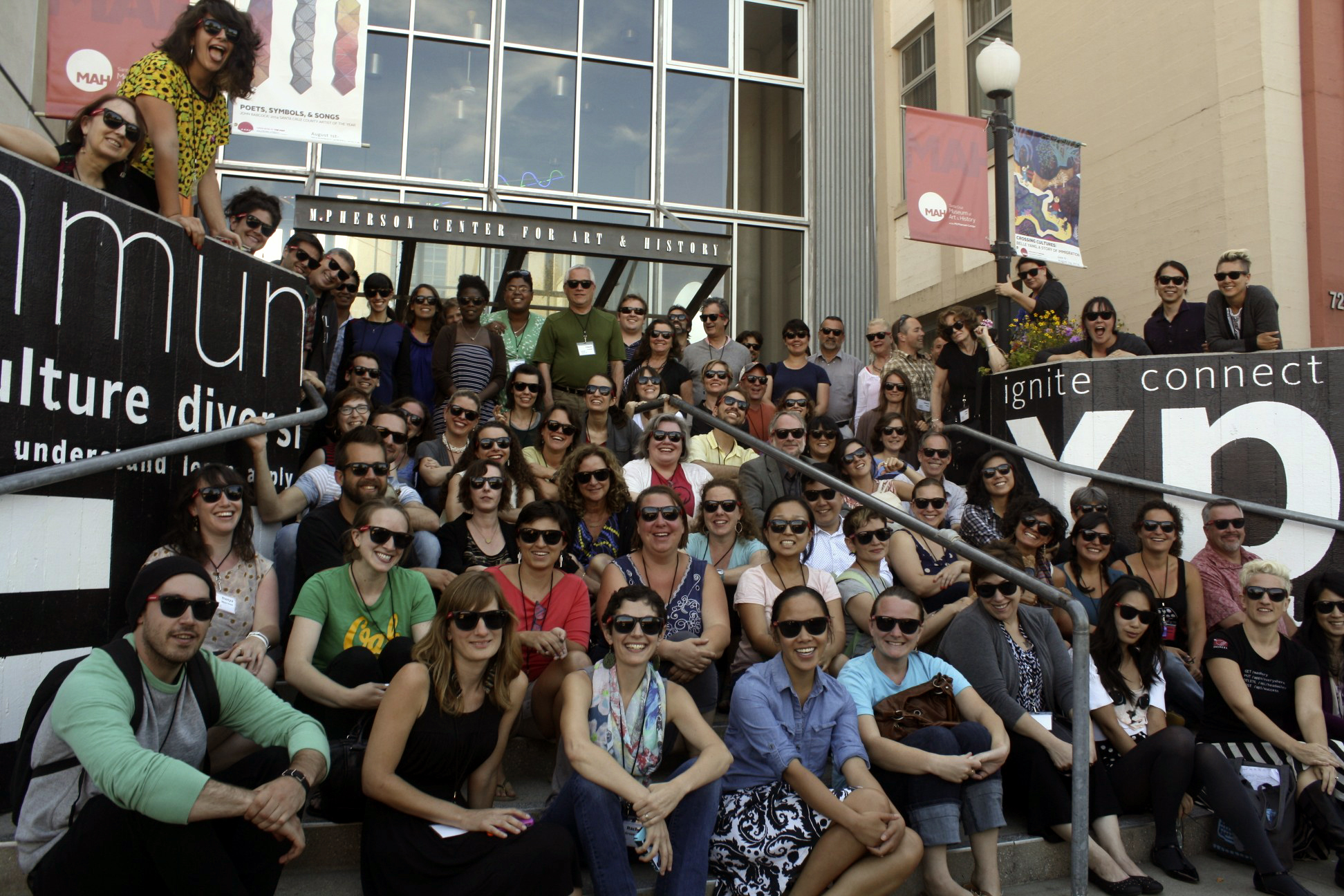
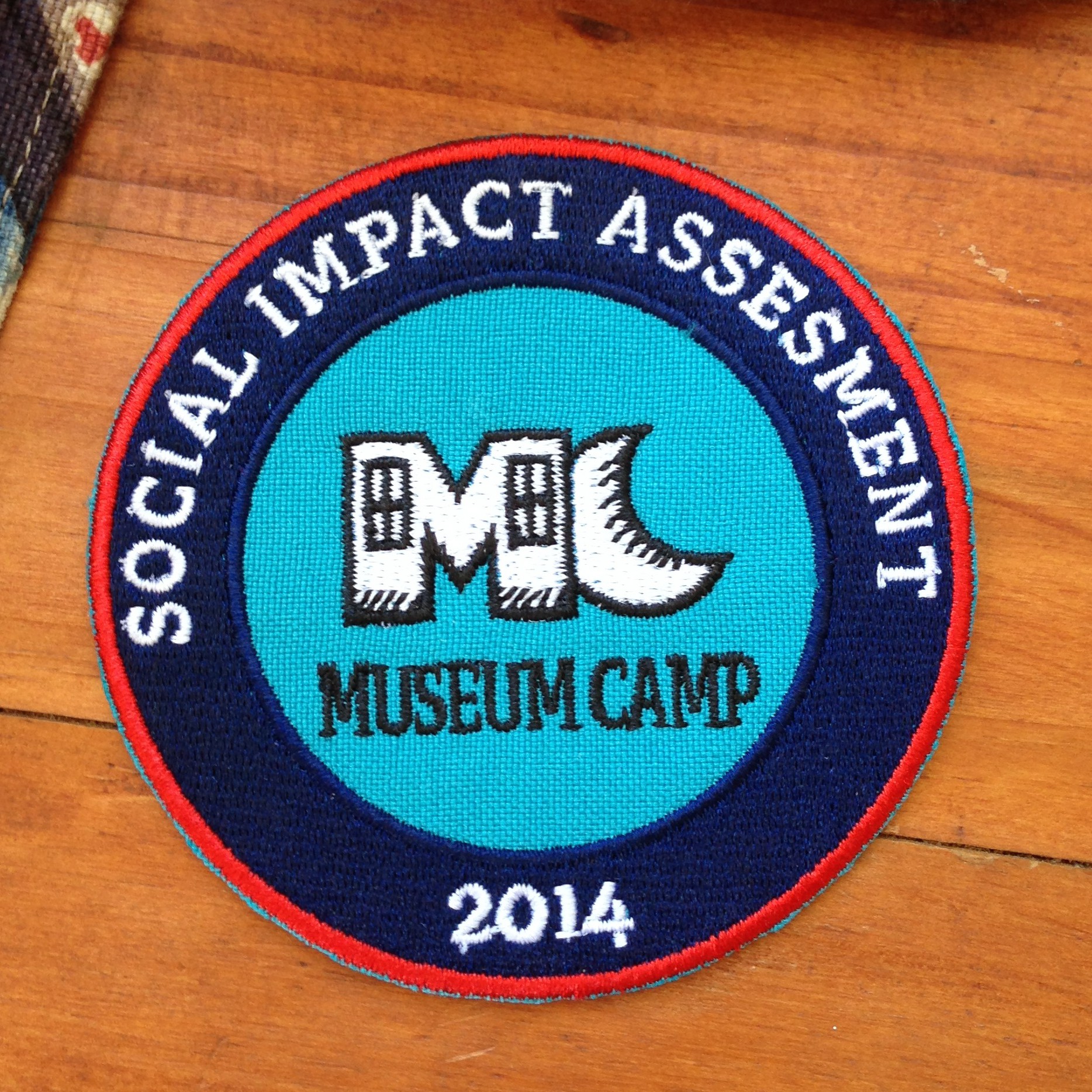
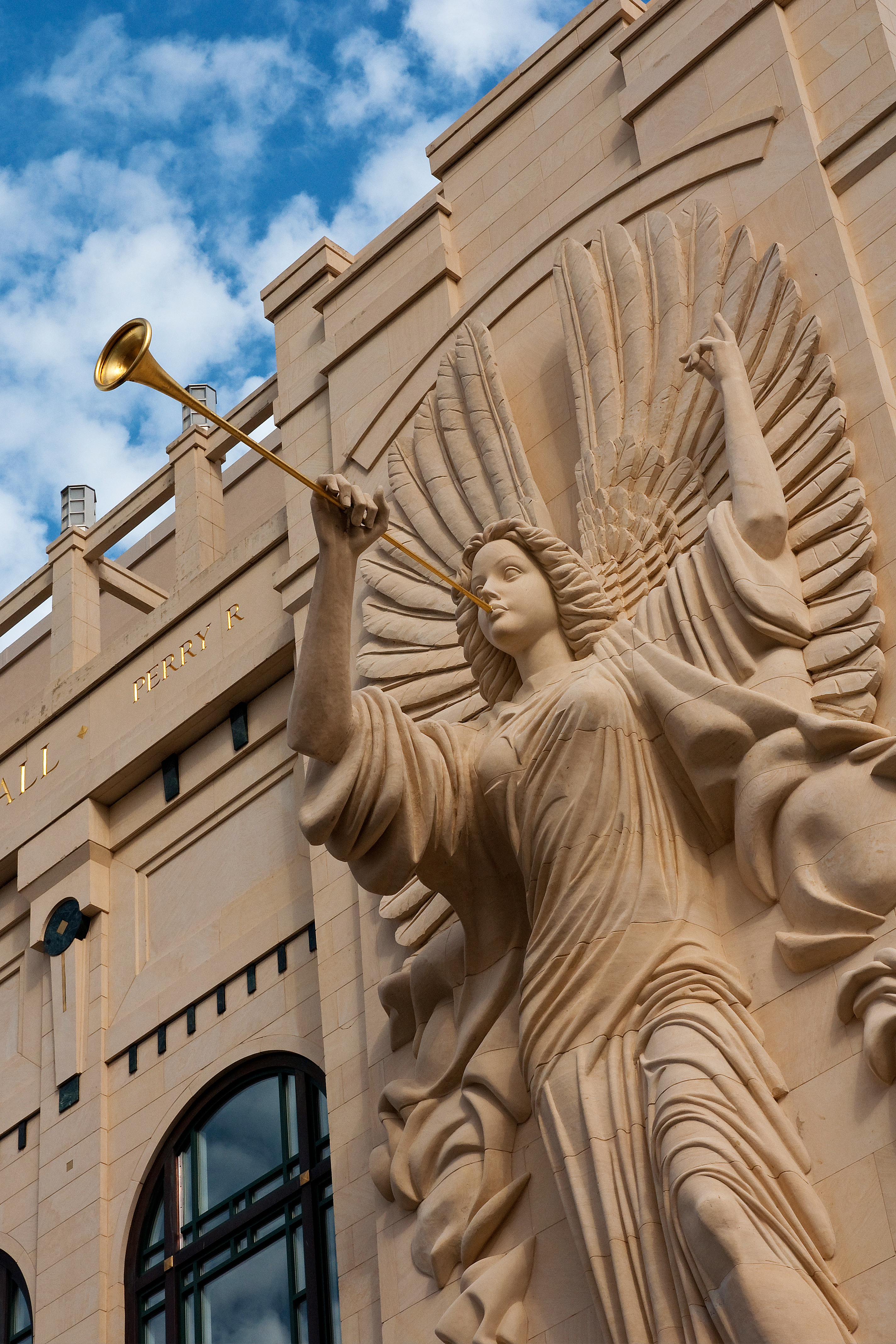
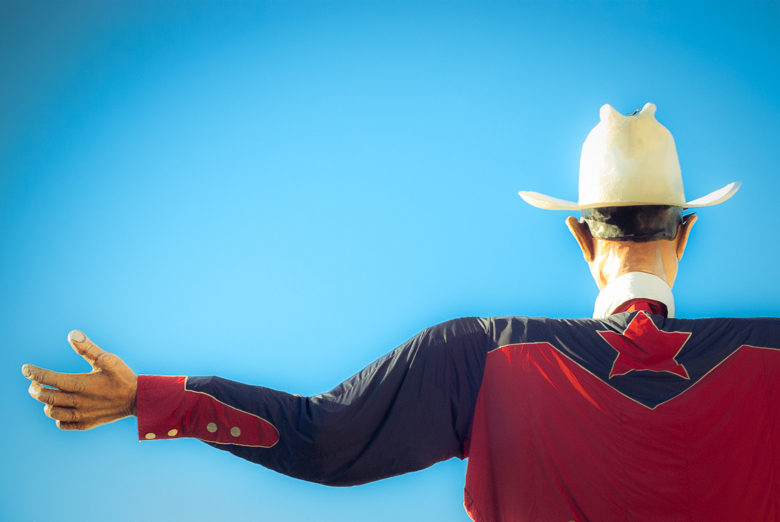
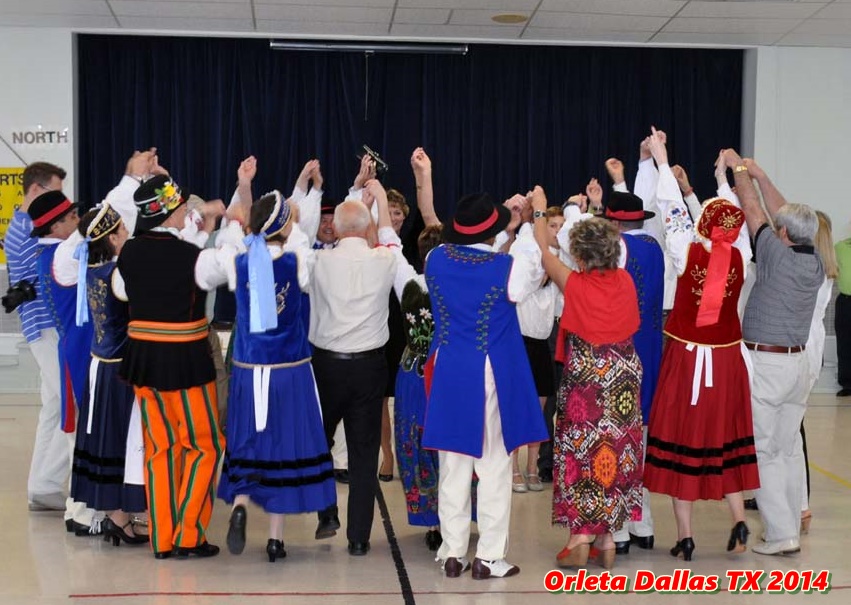
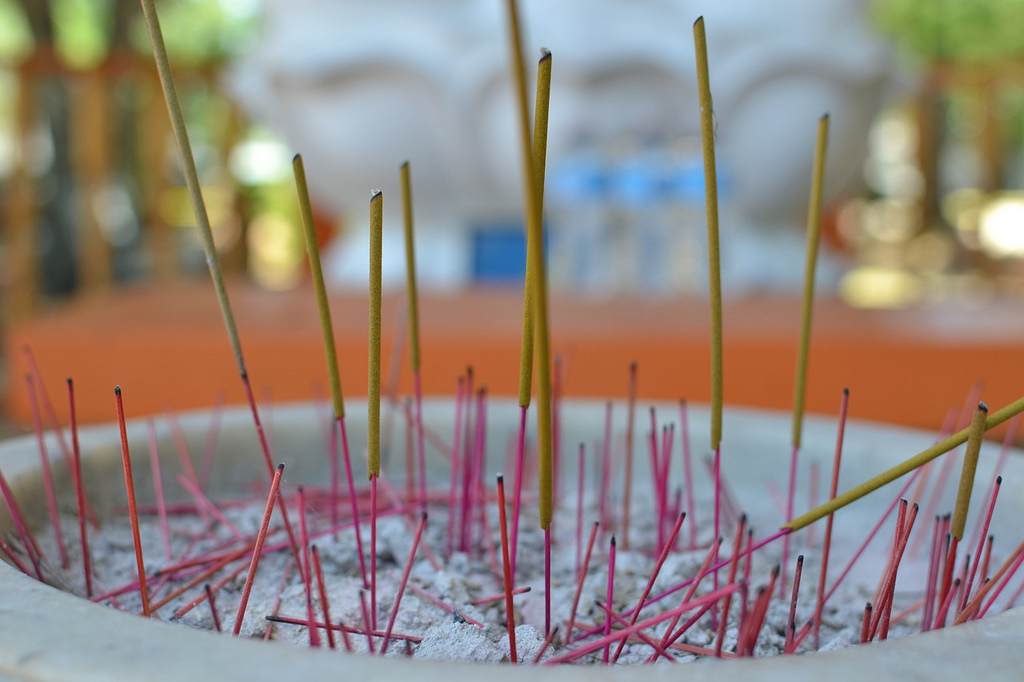
 If you haven’t had the chance to view the fantastic artworks in the
If you haven’t had the chance to view the fantastic artworks in the 
 What is the People’s Choice Award?
What is the People’s Choice Award?